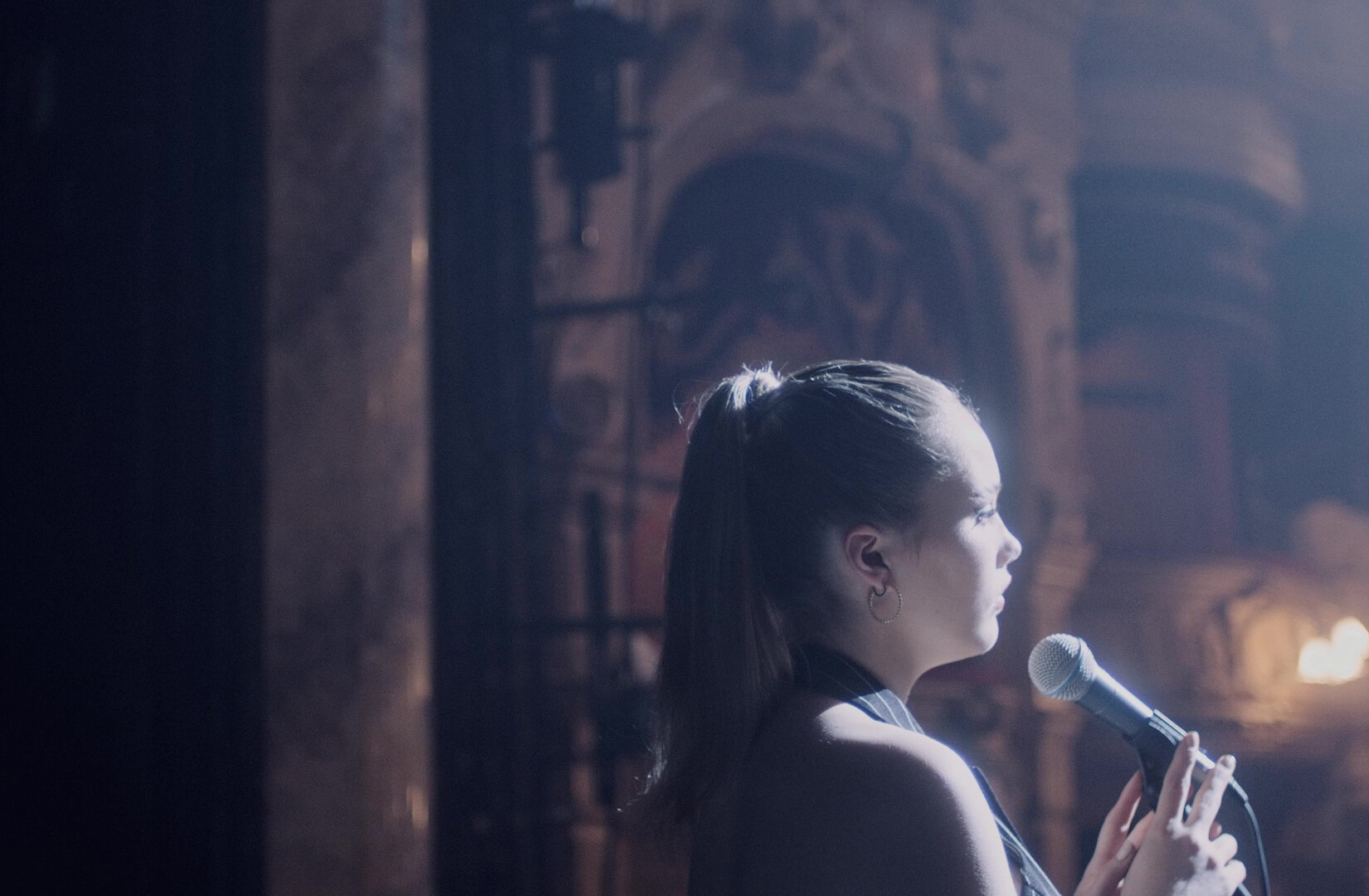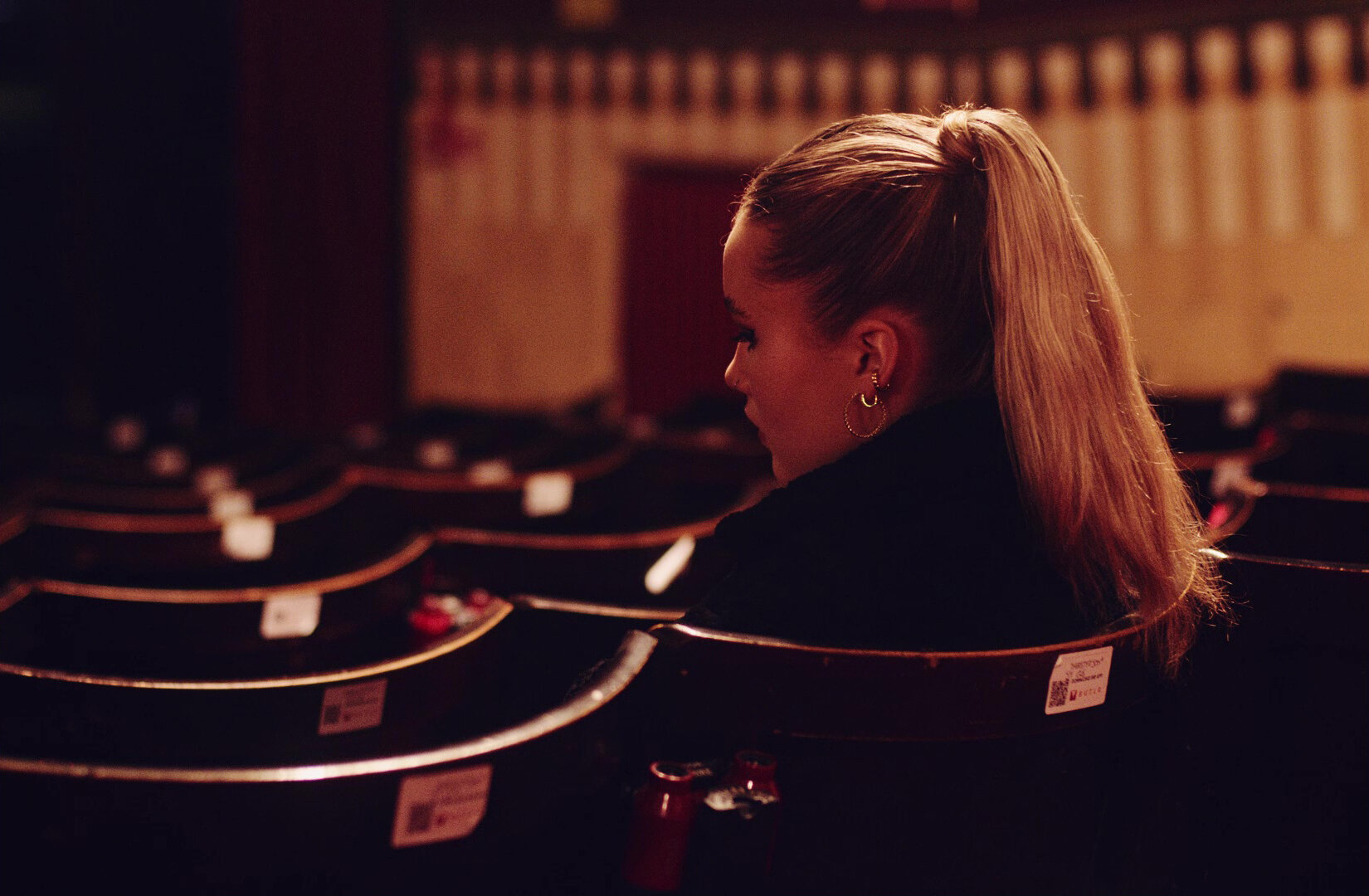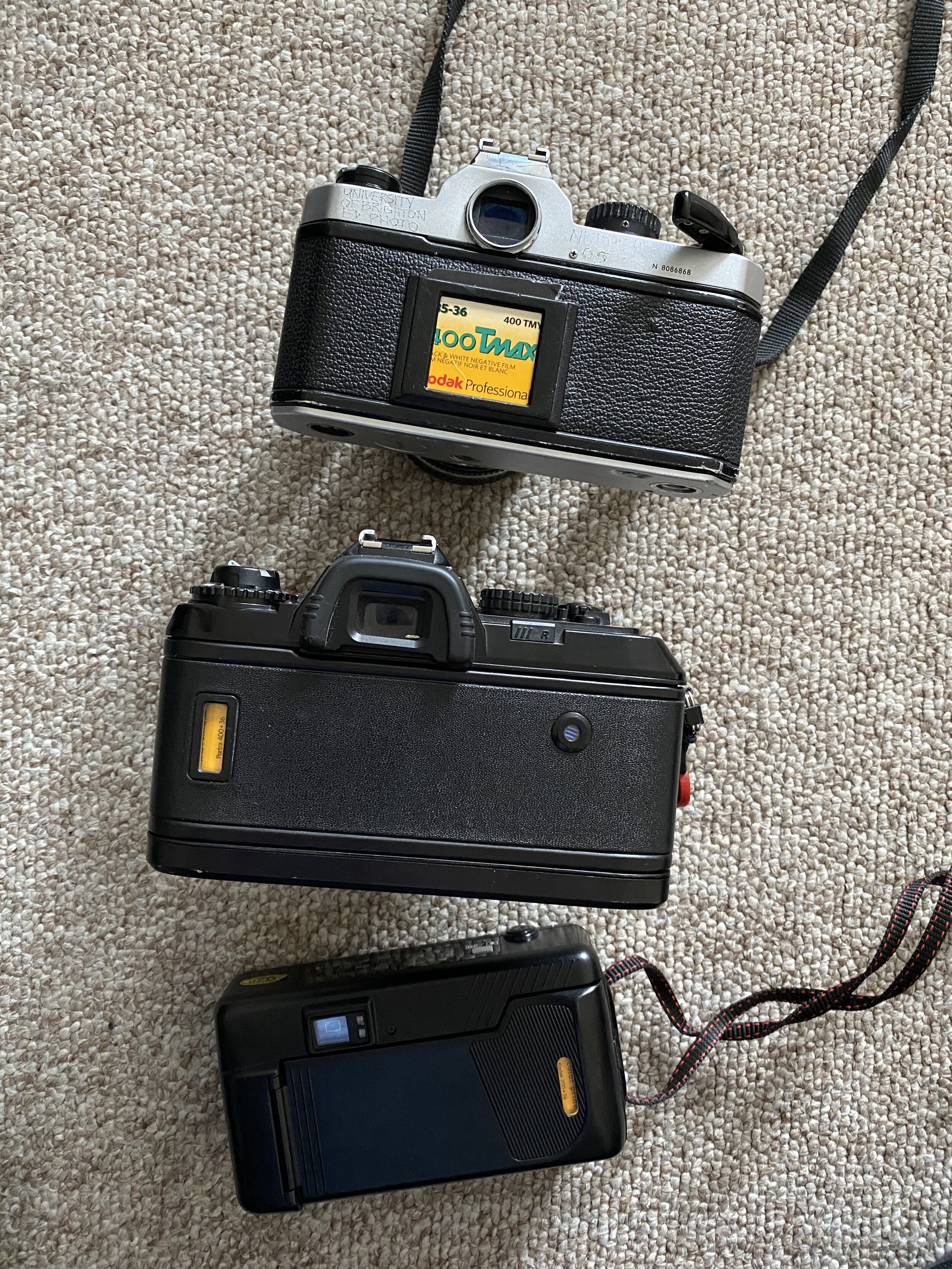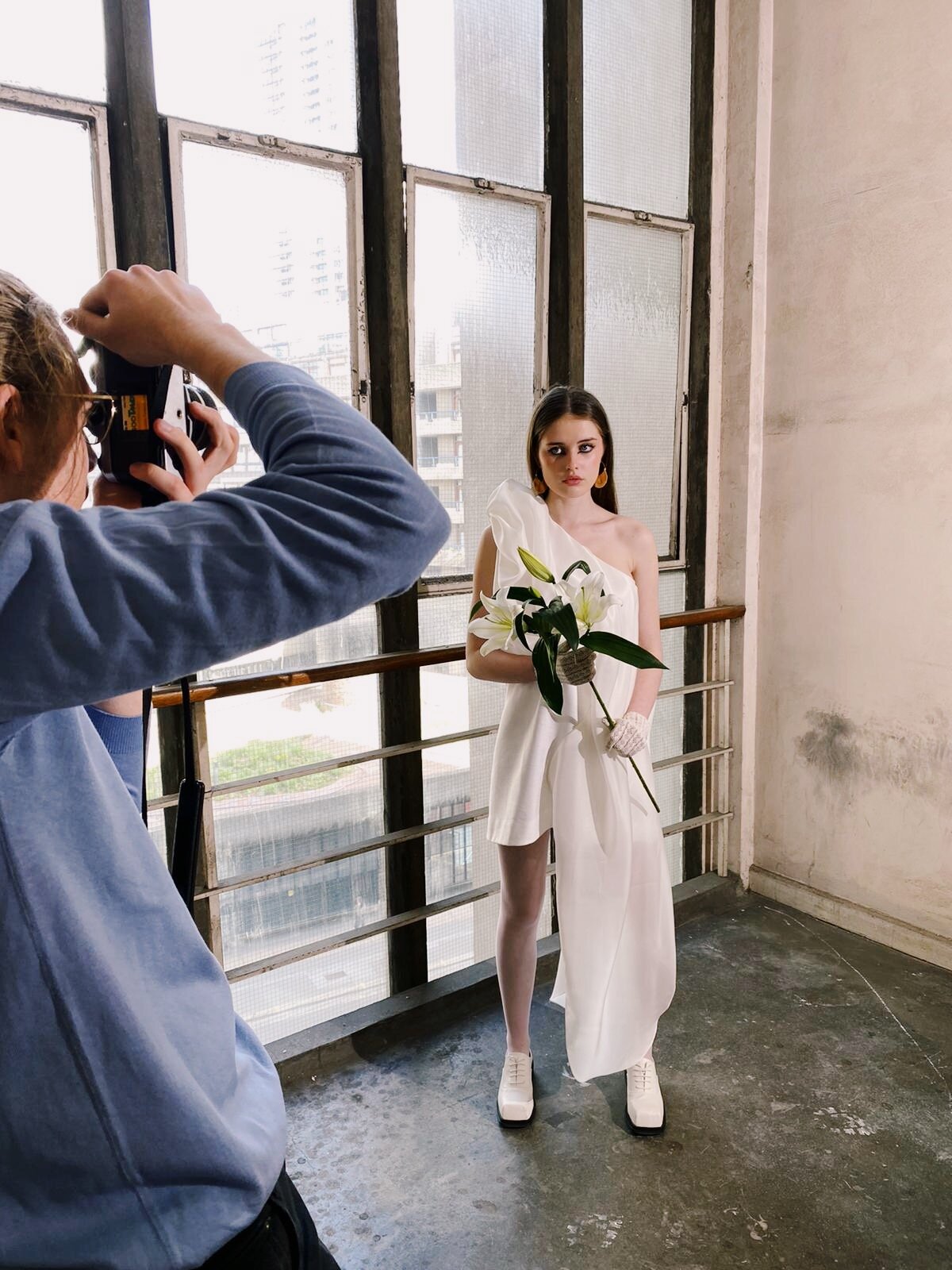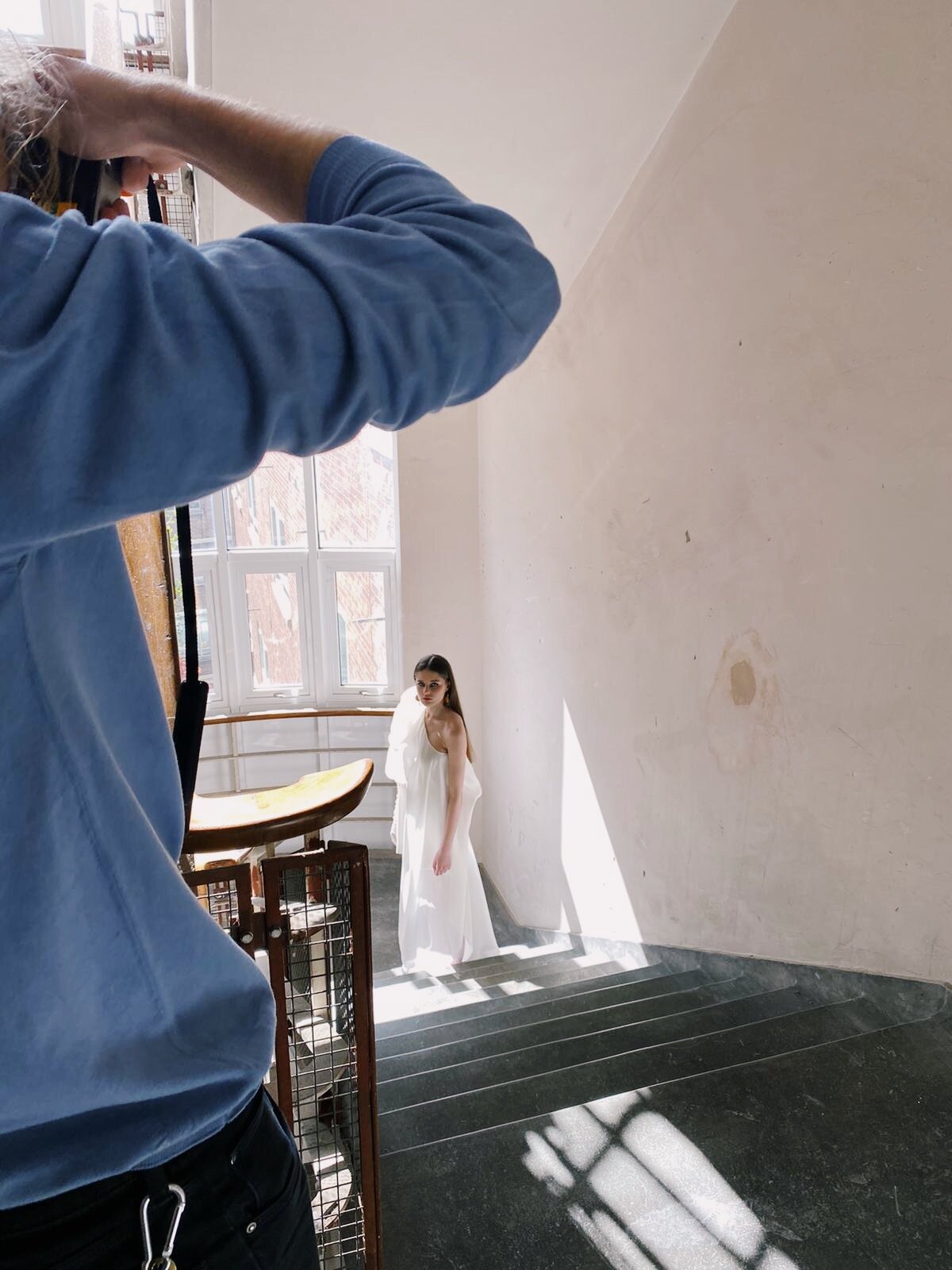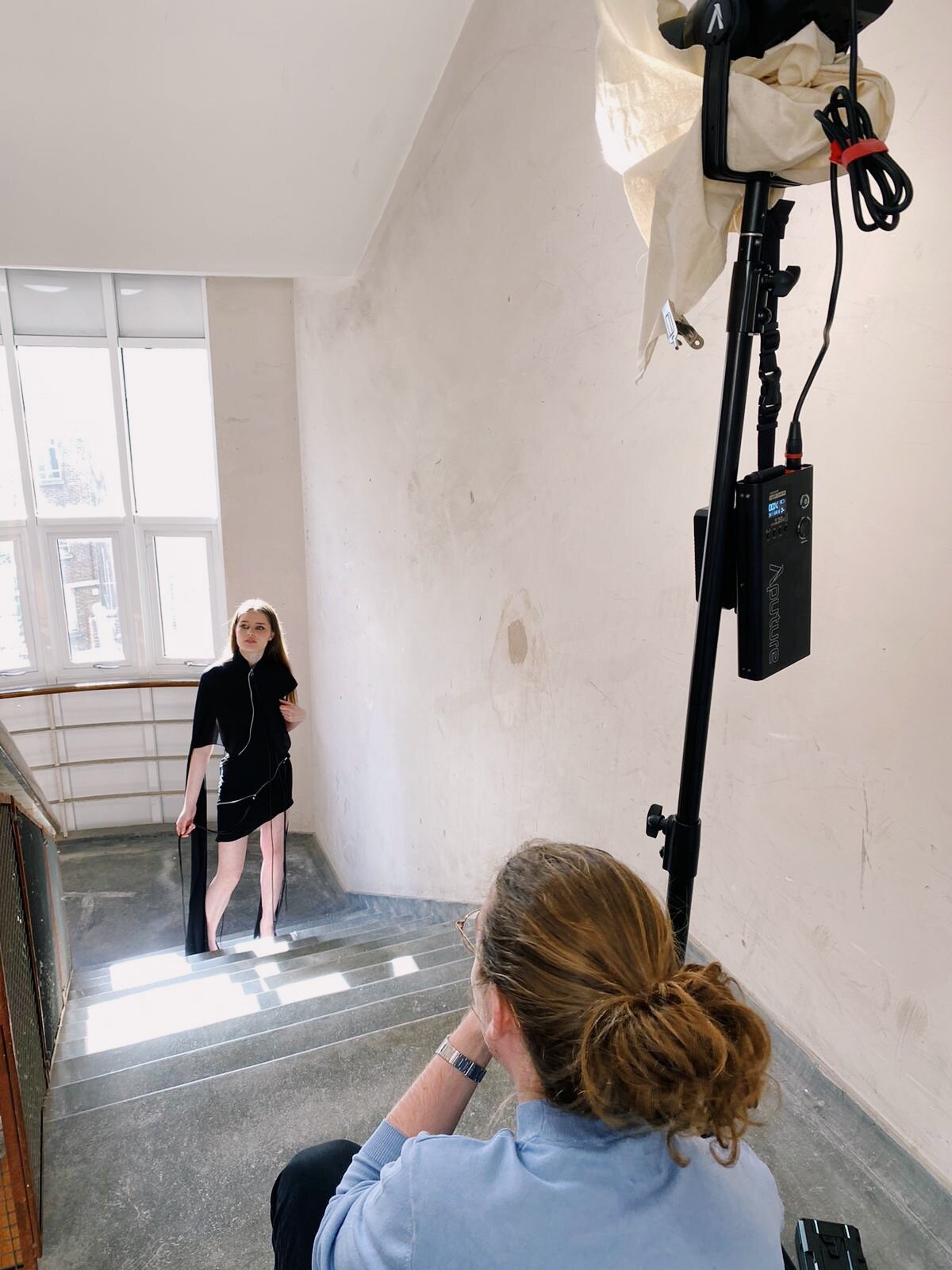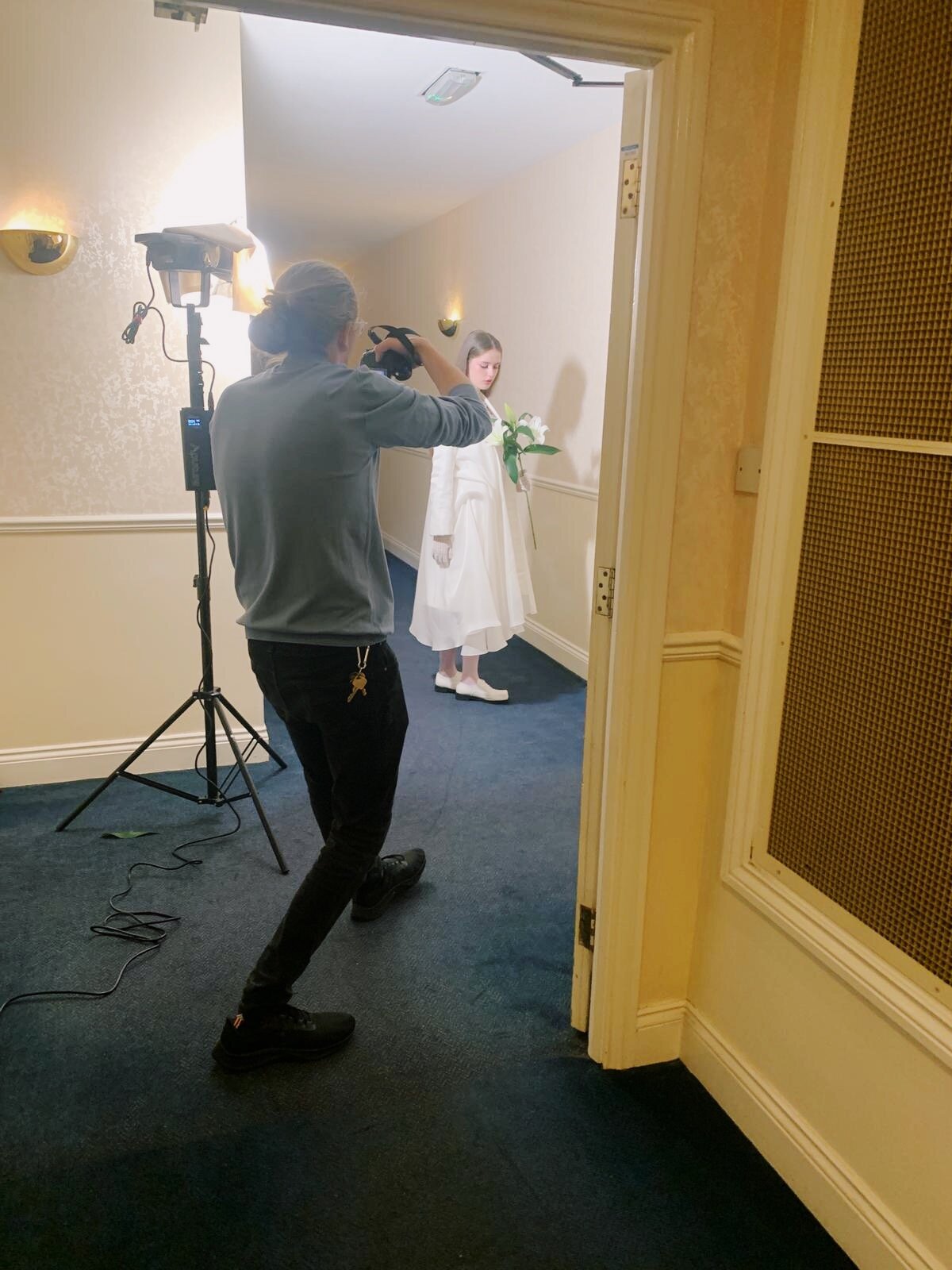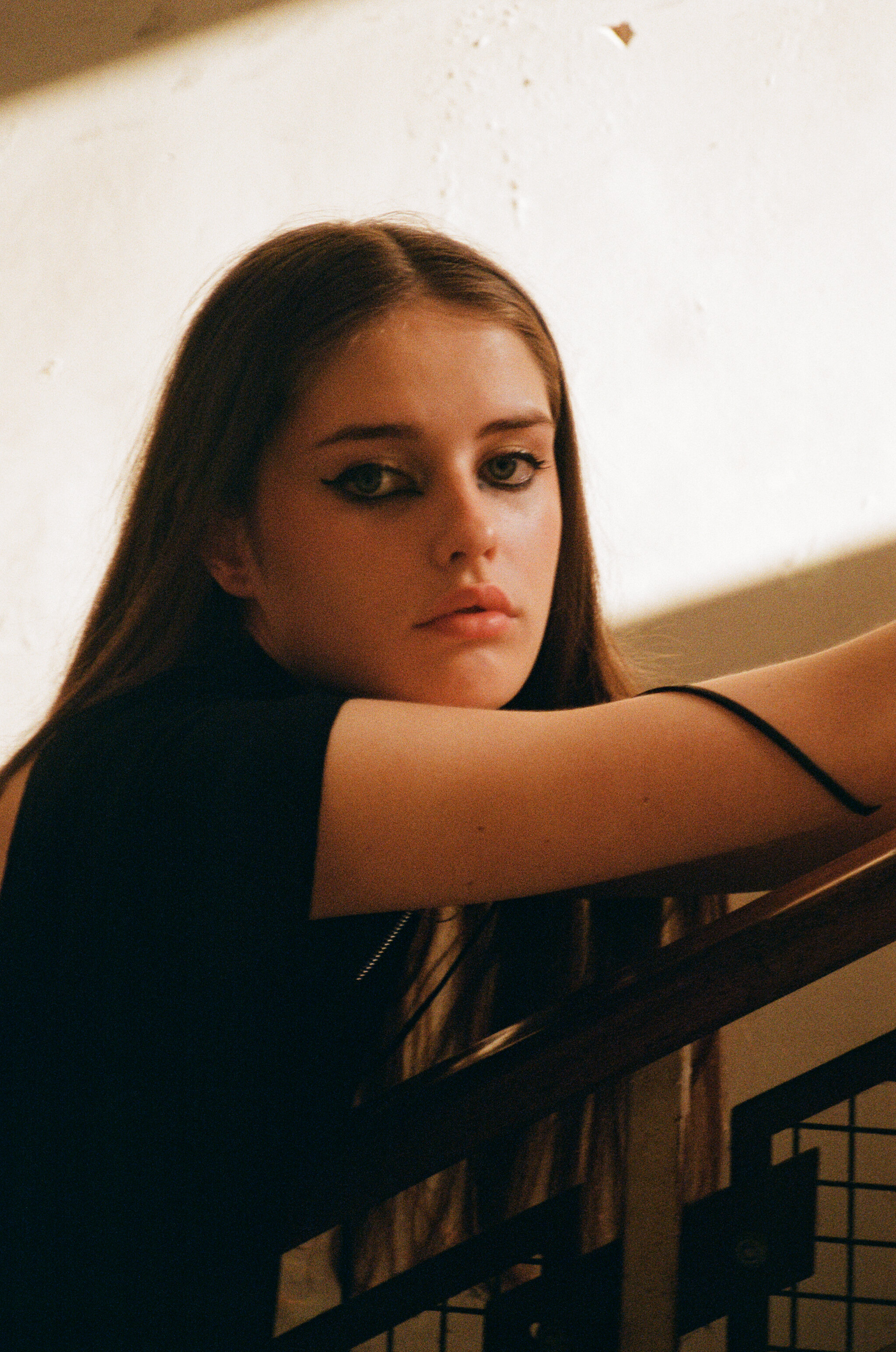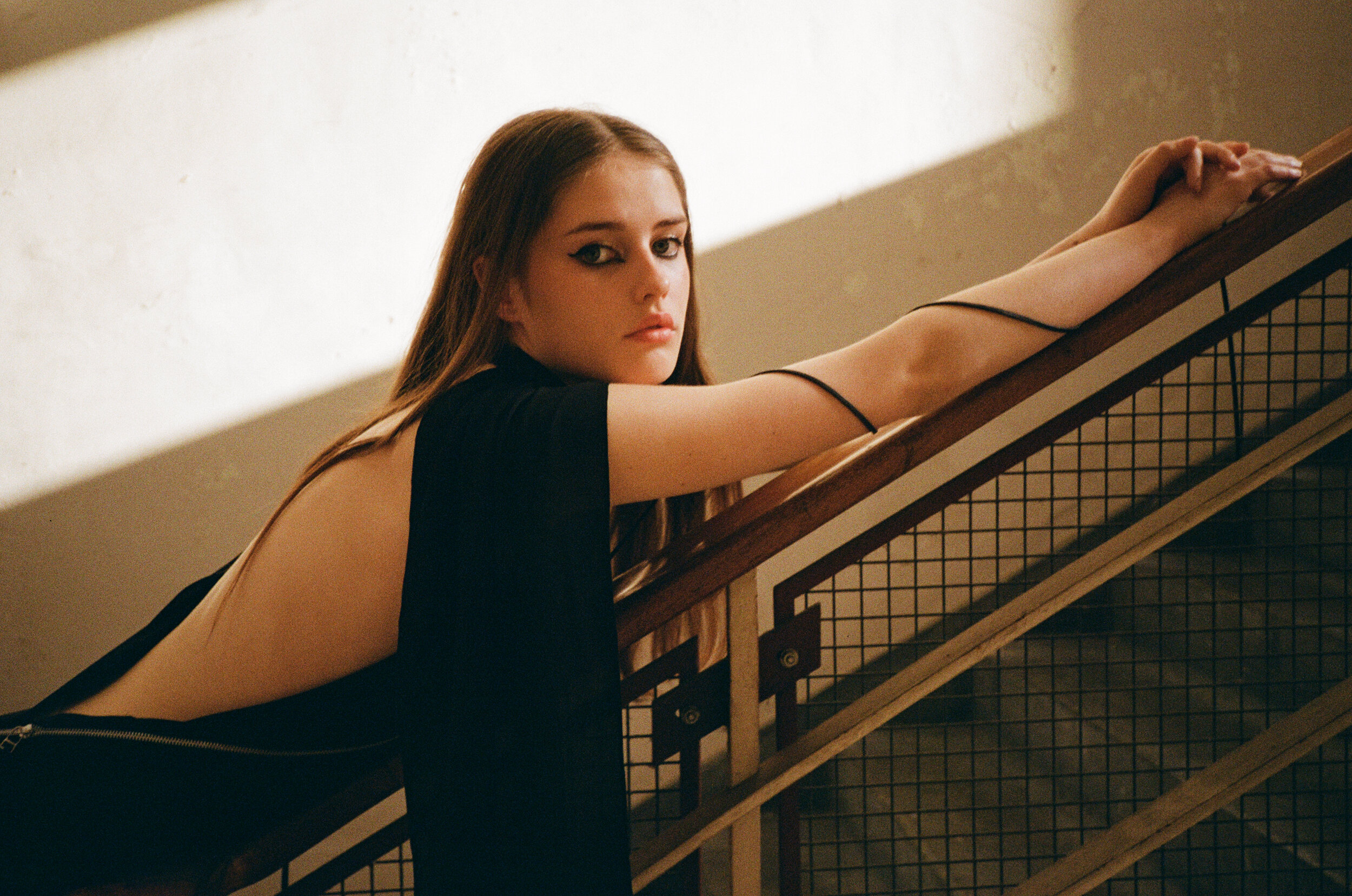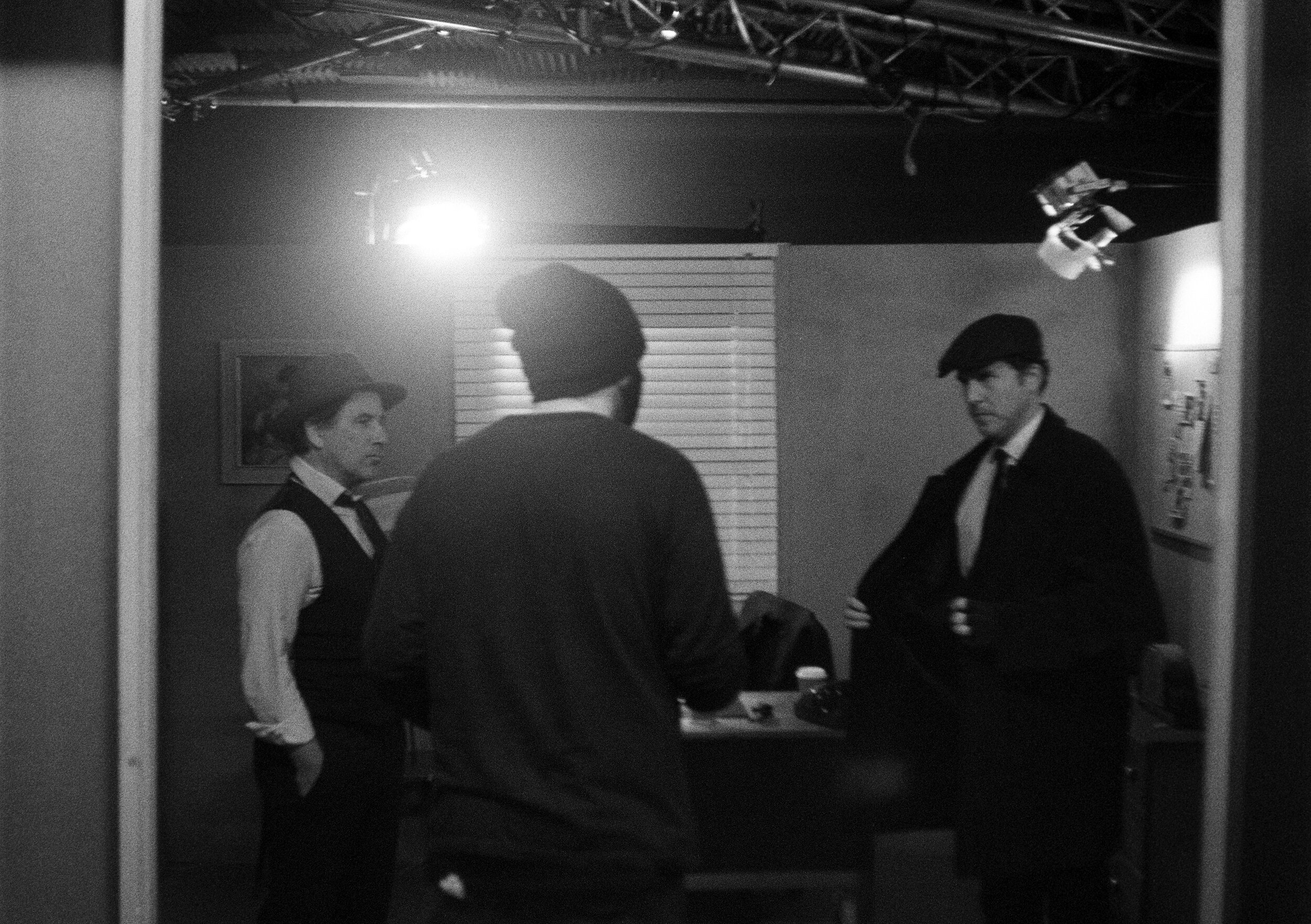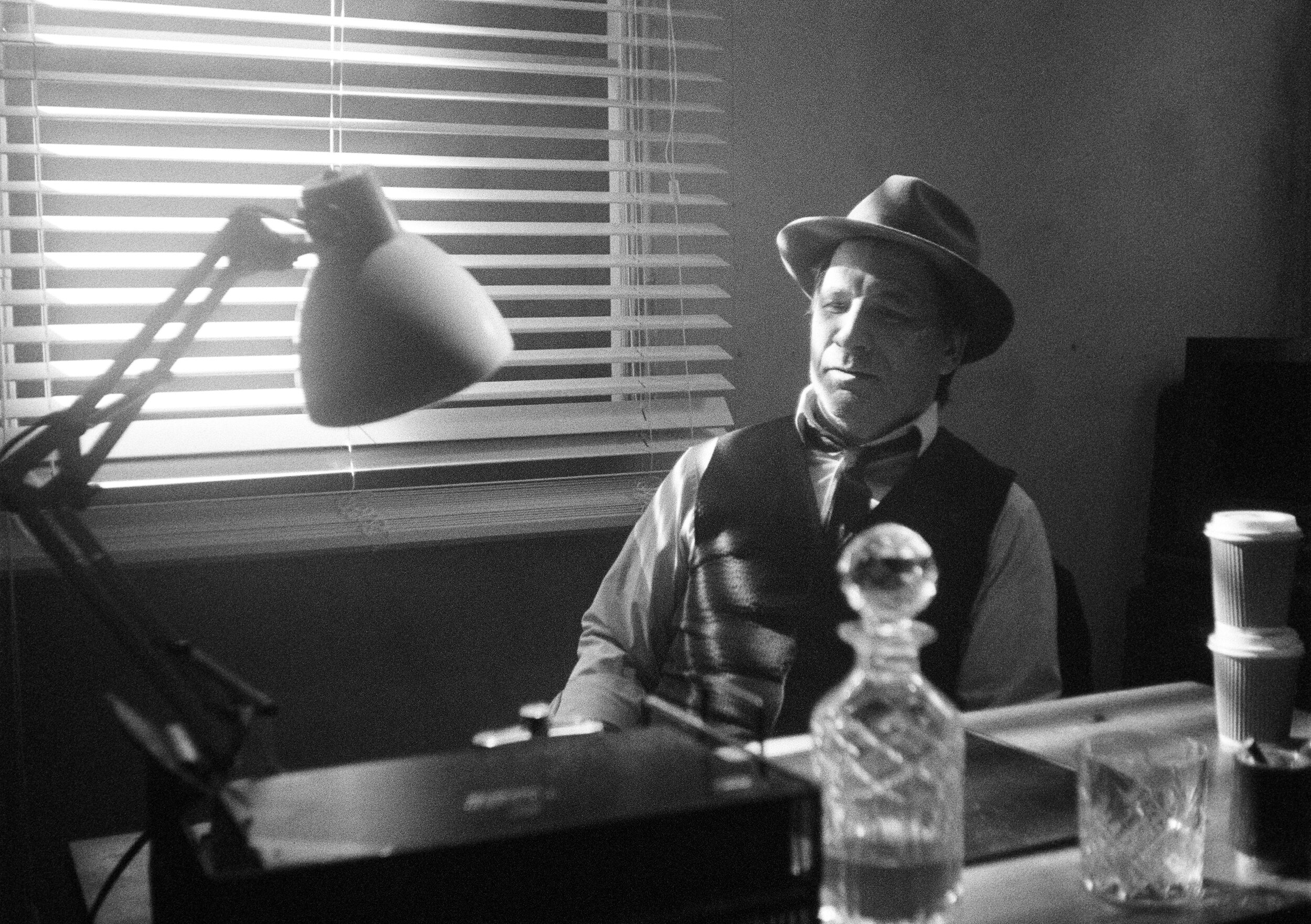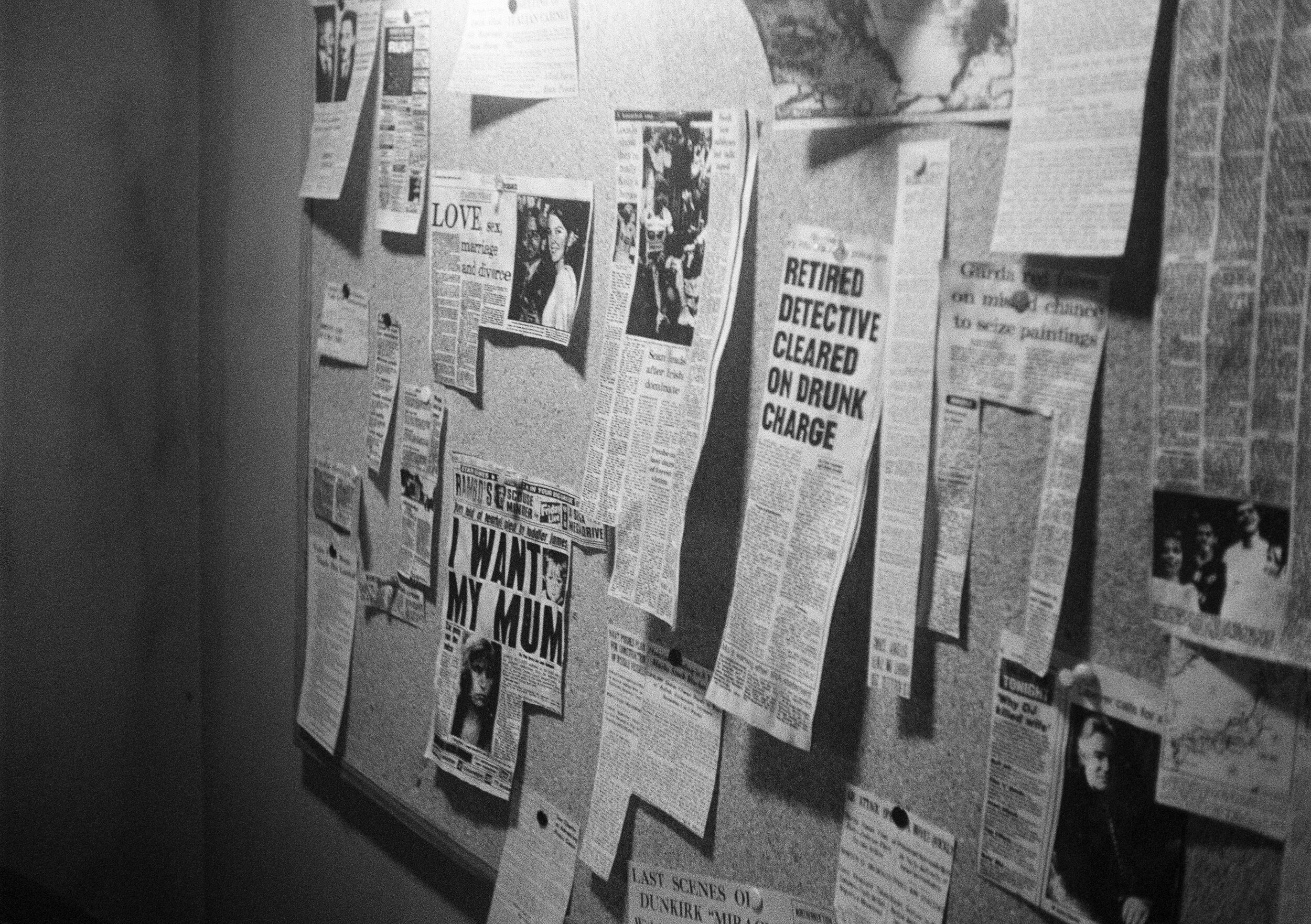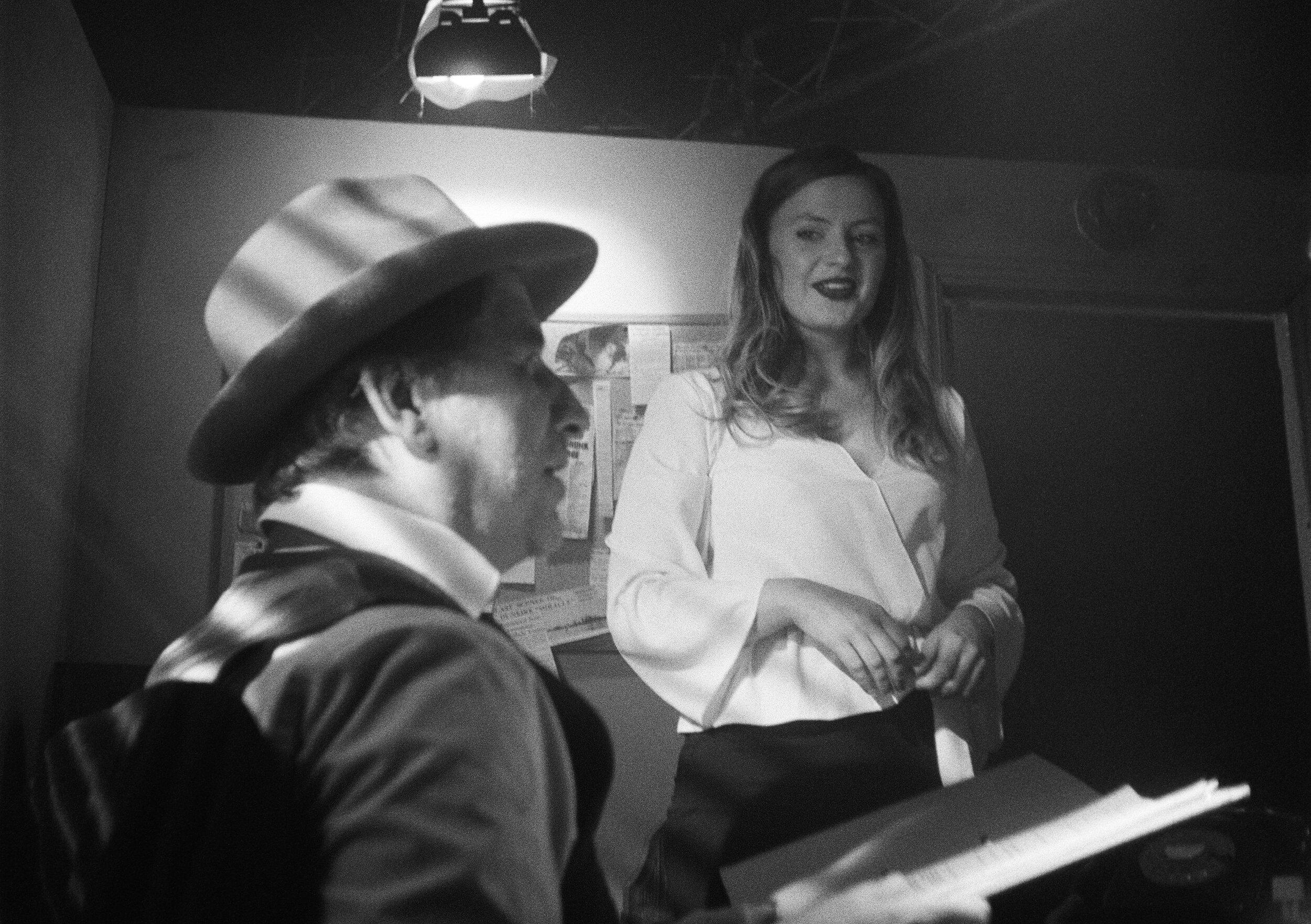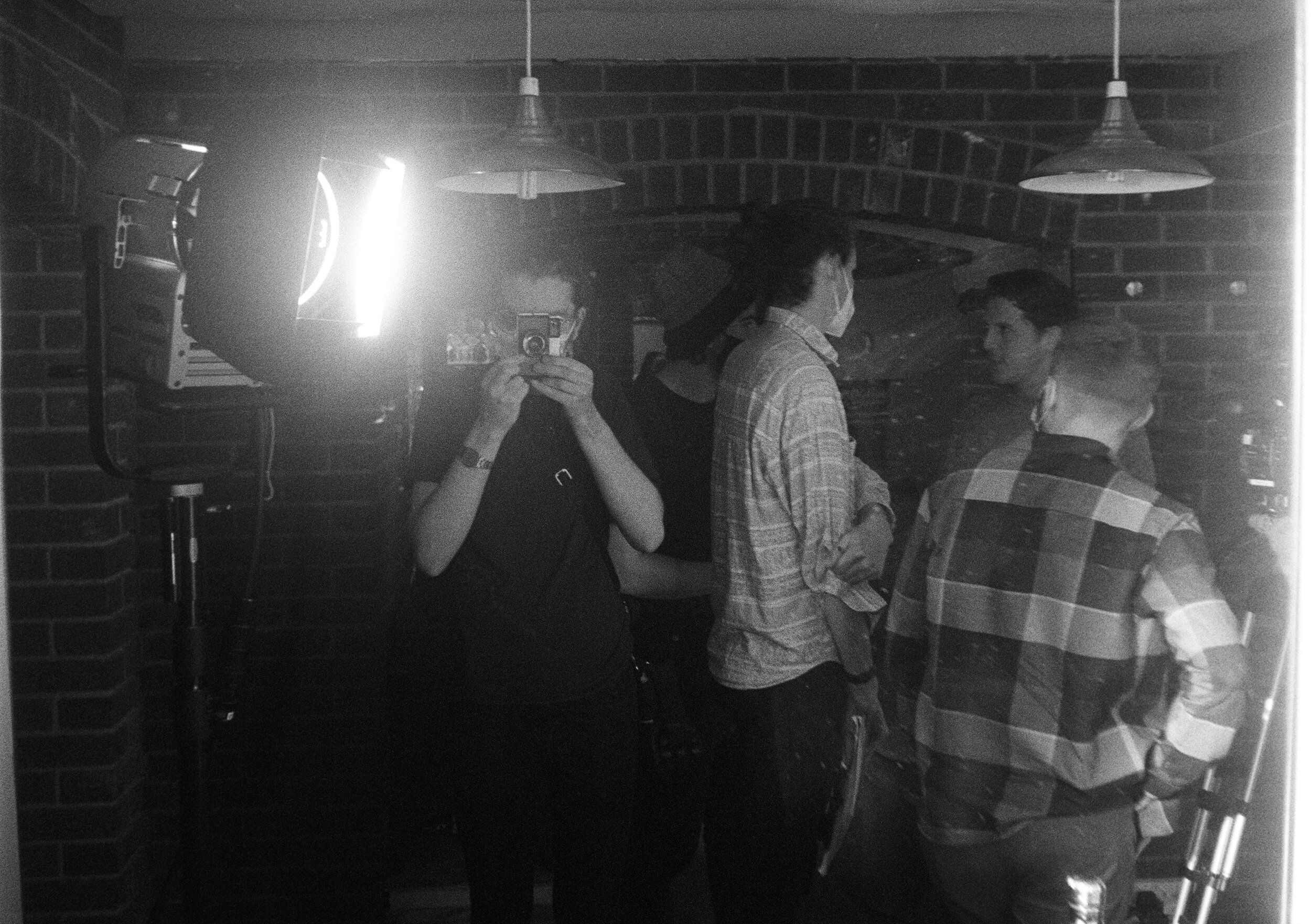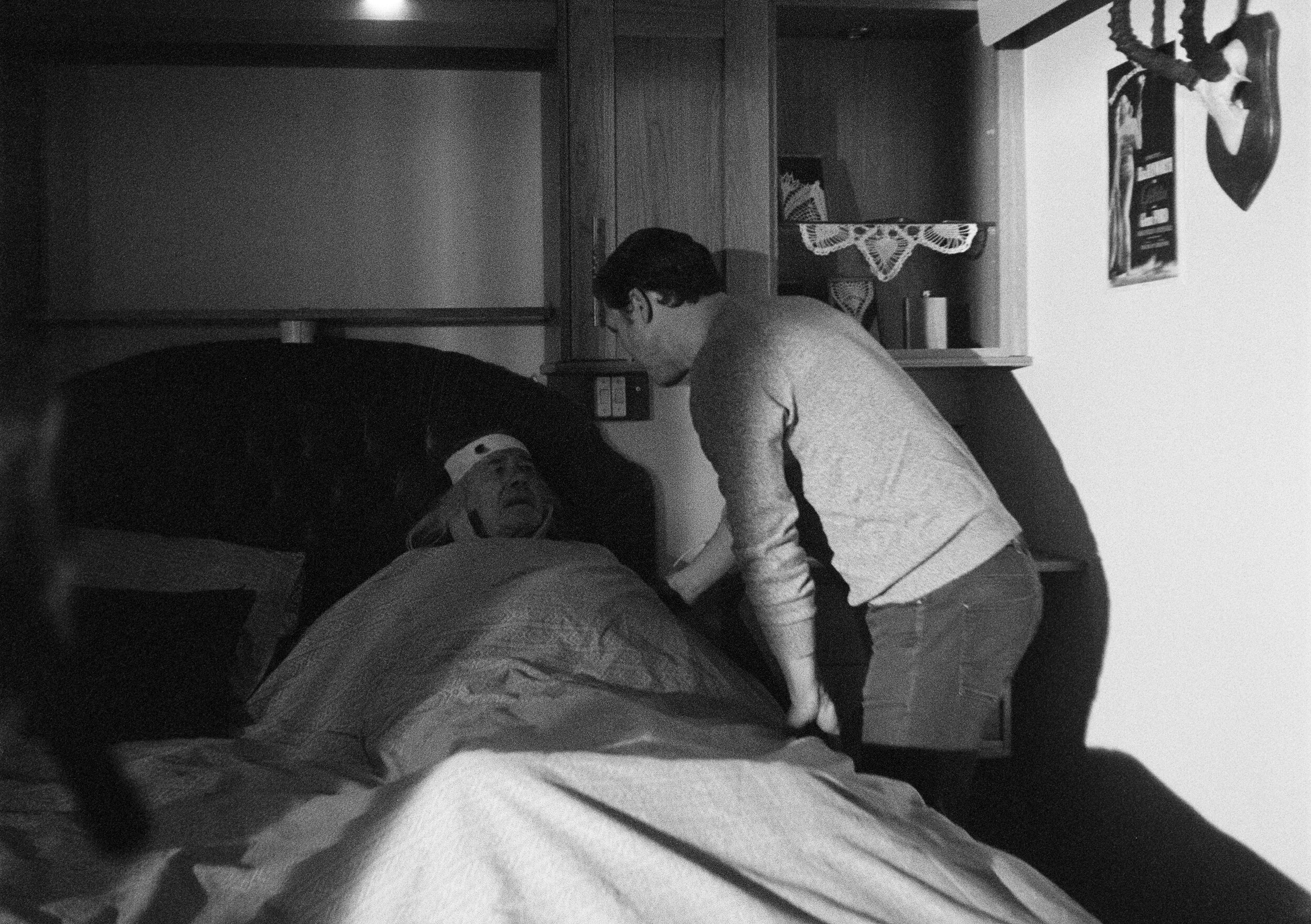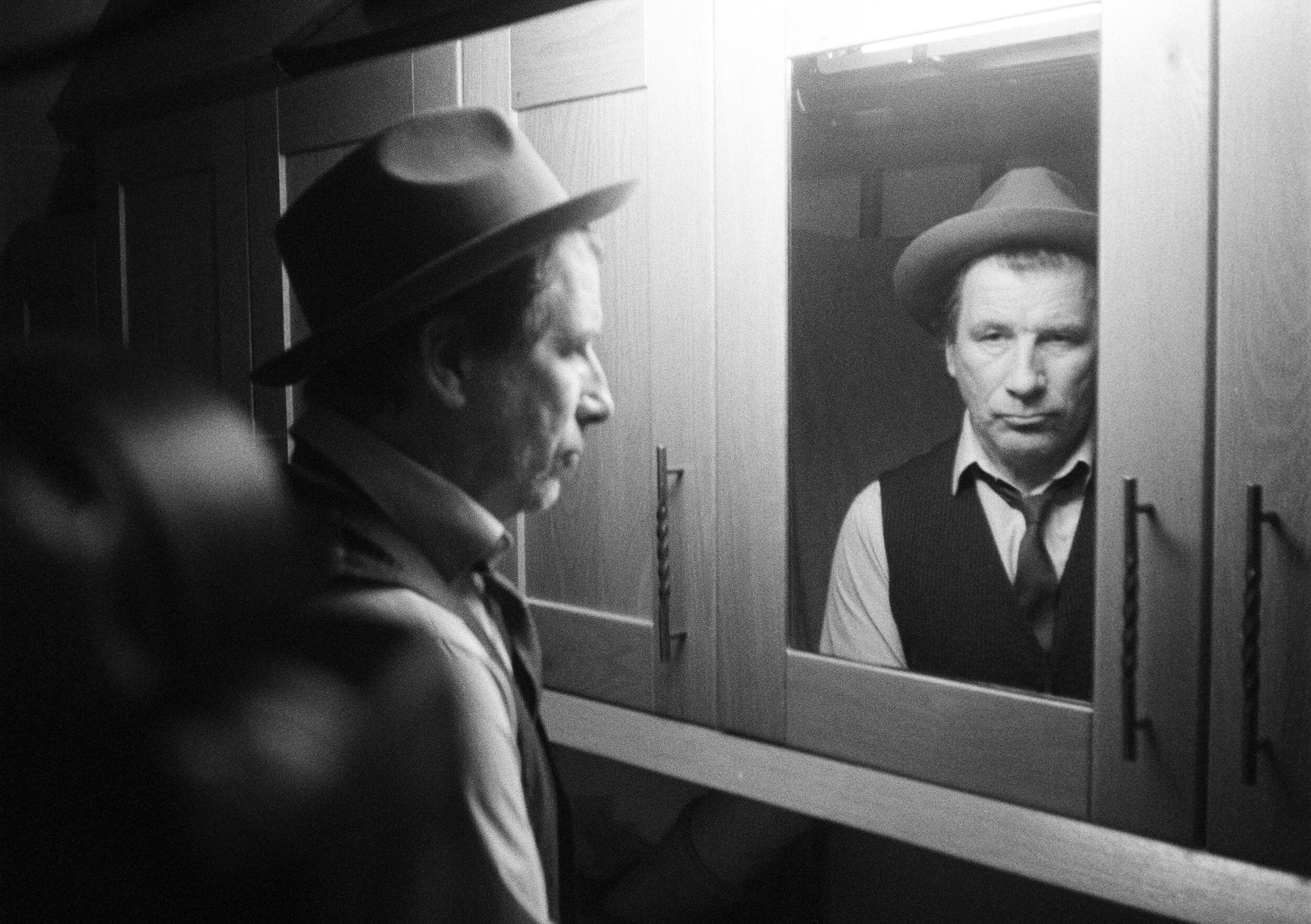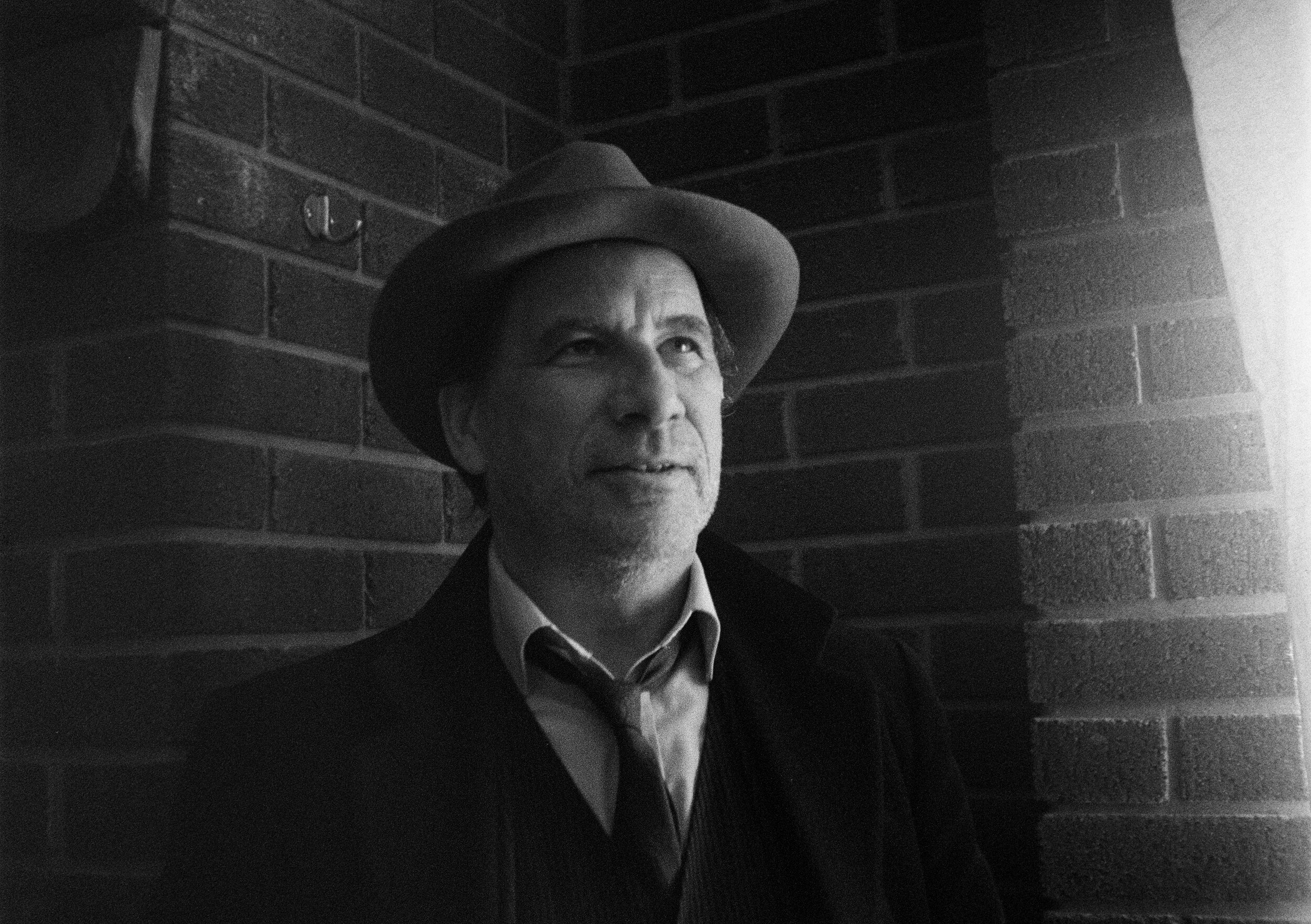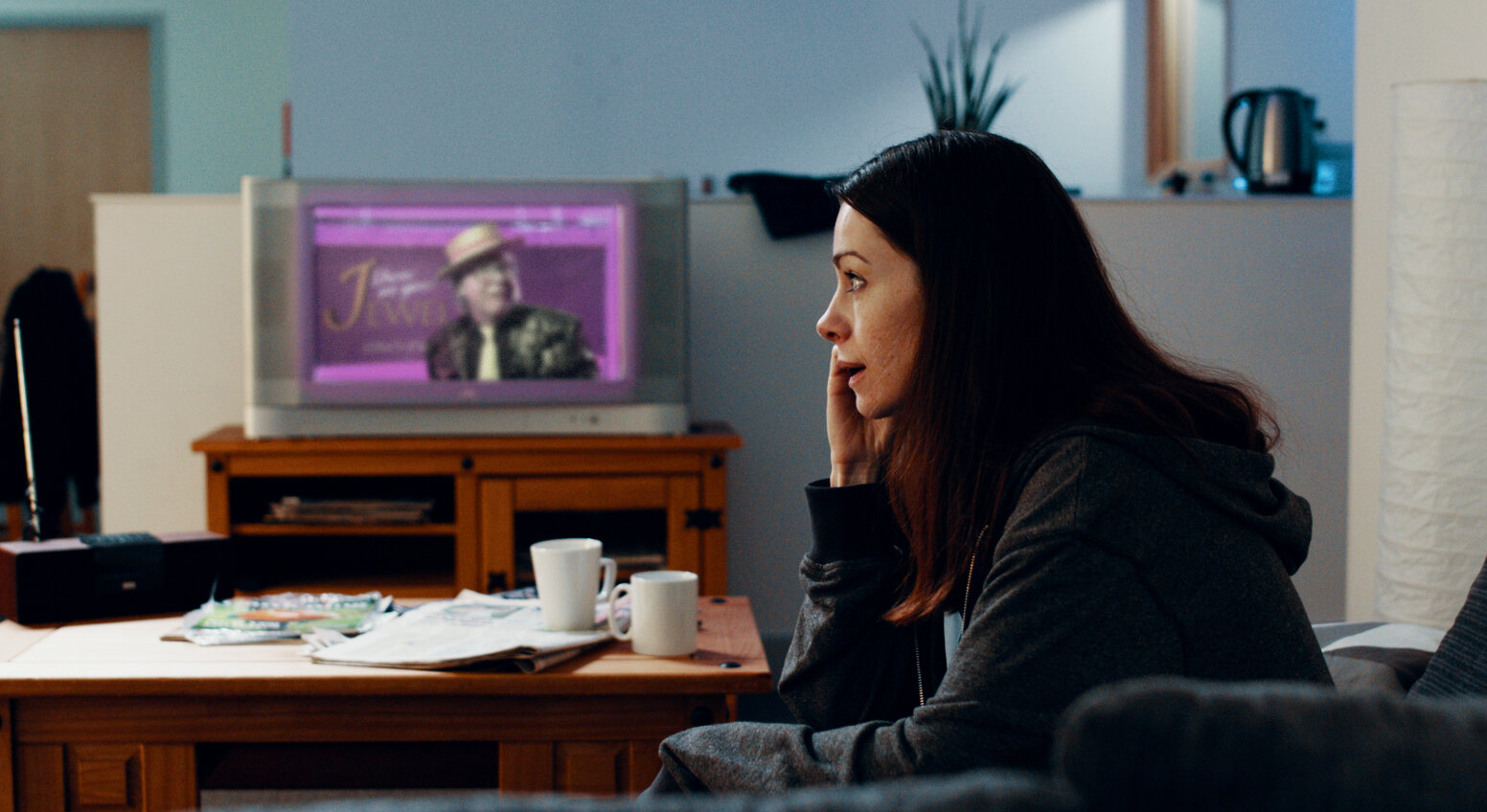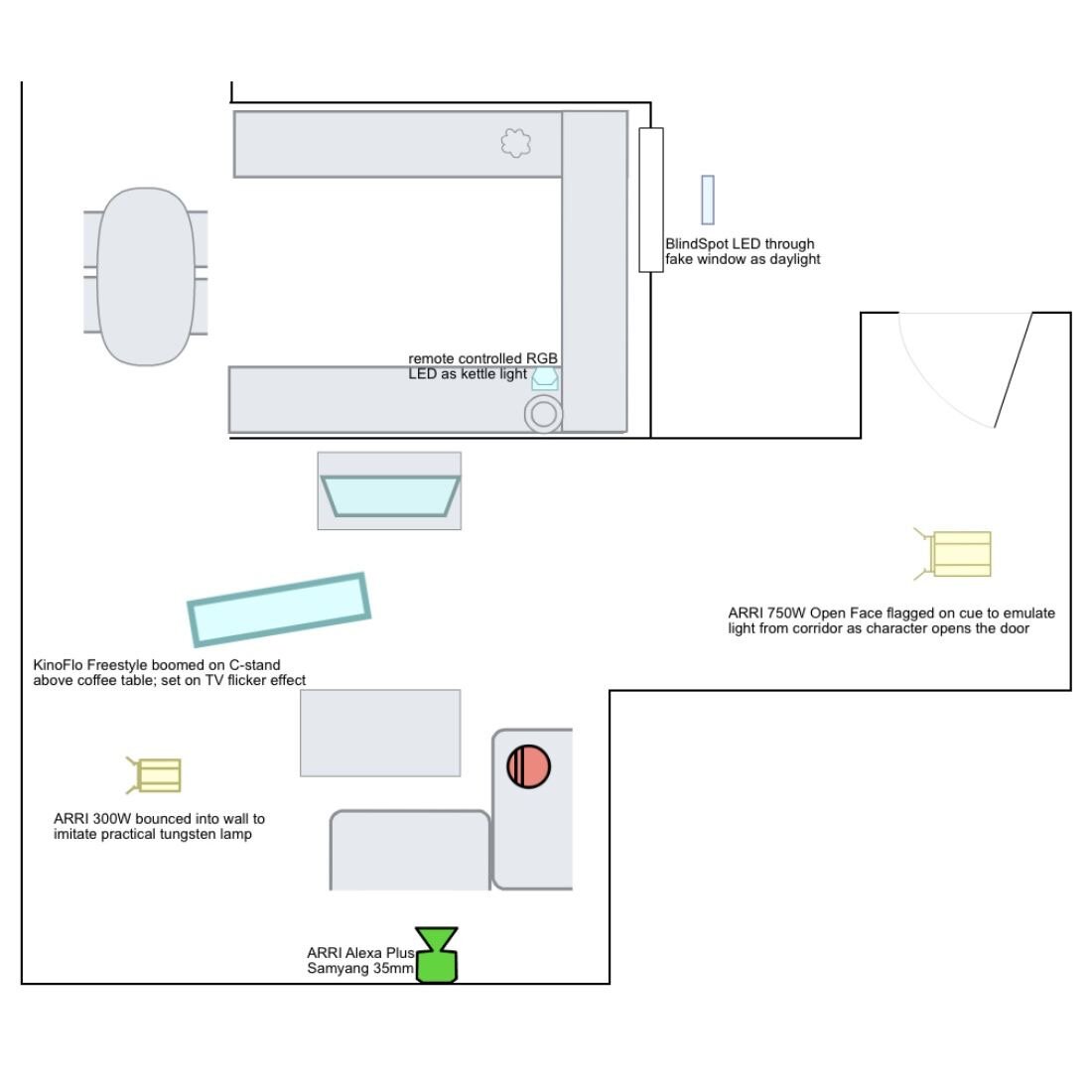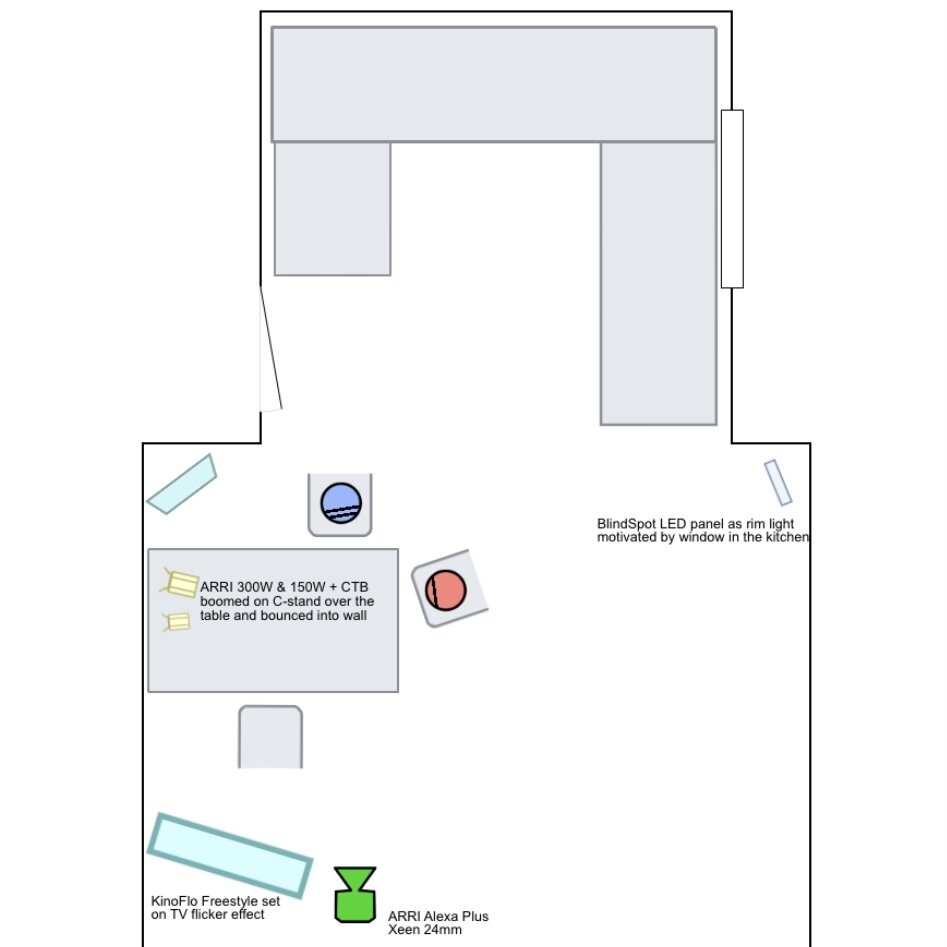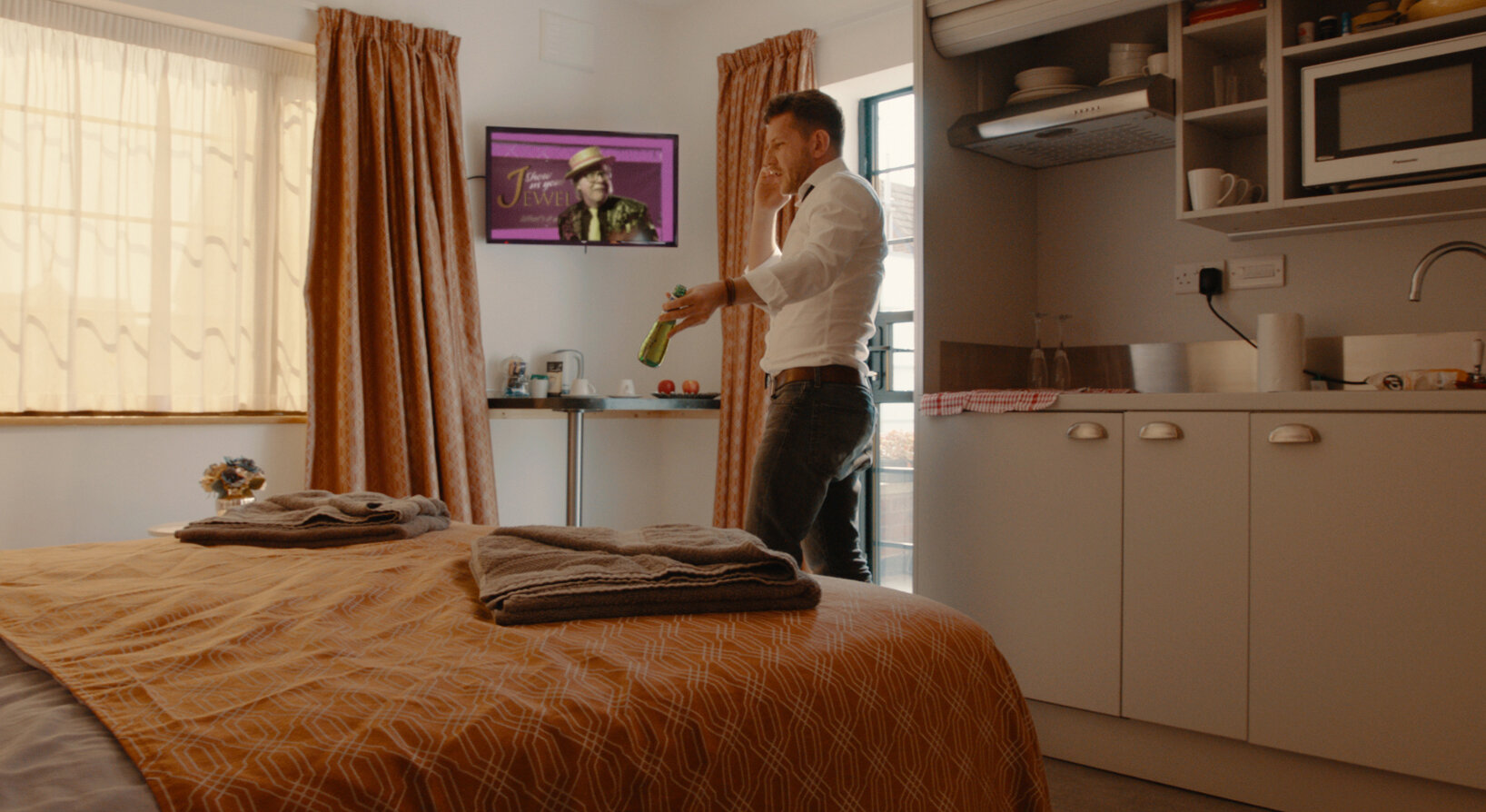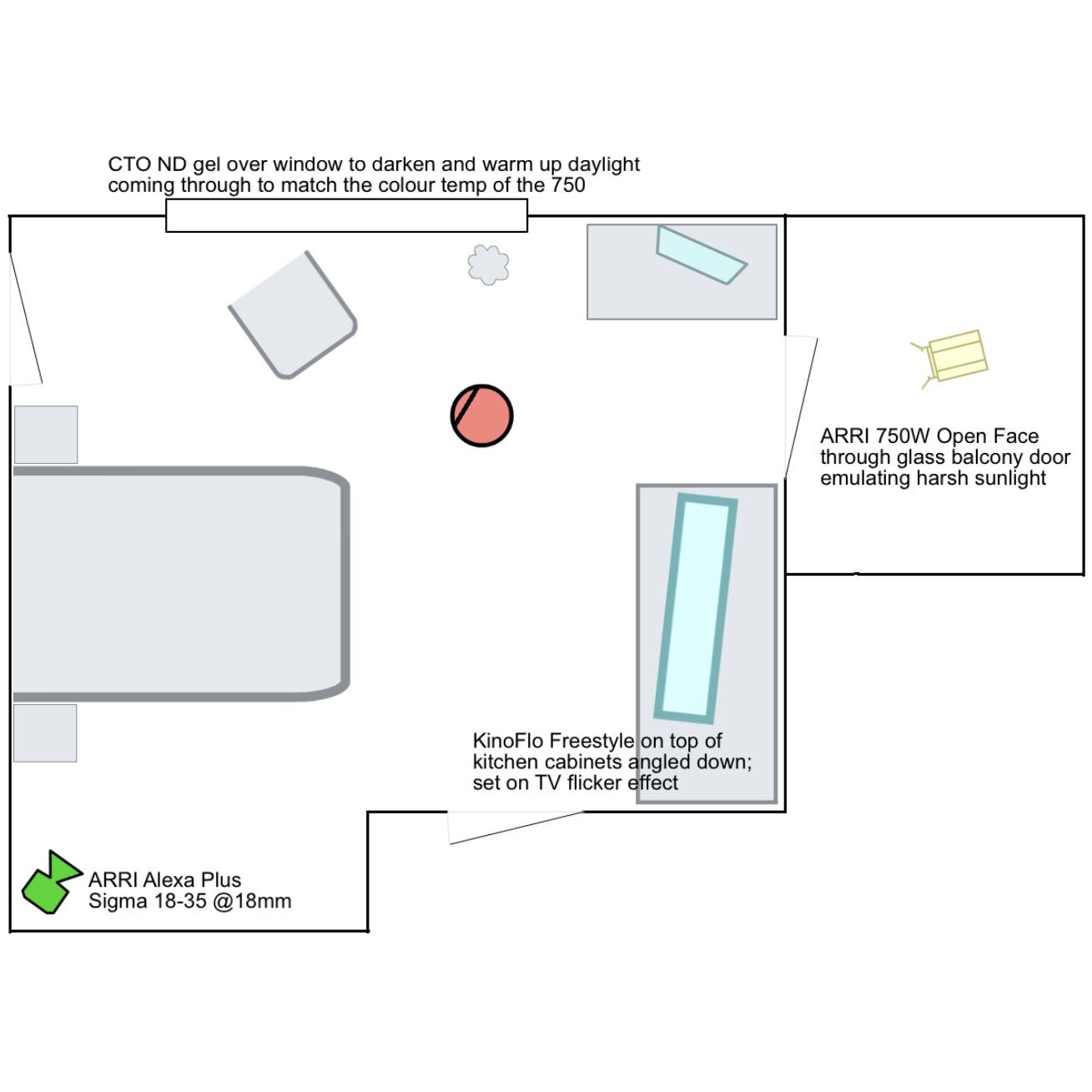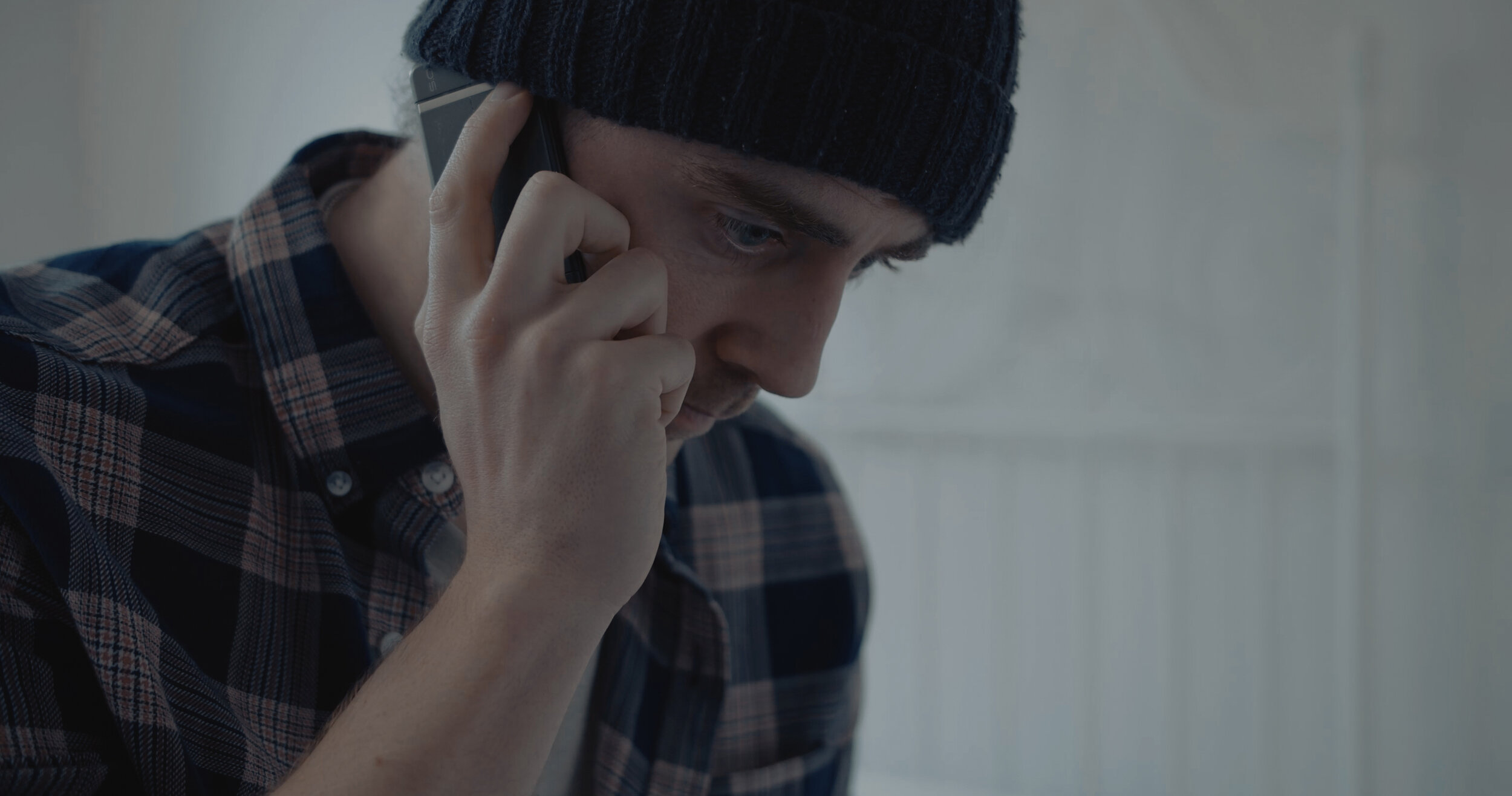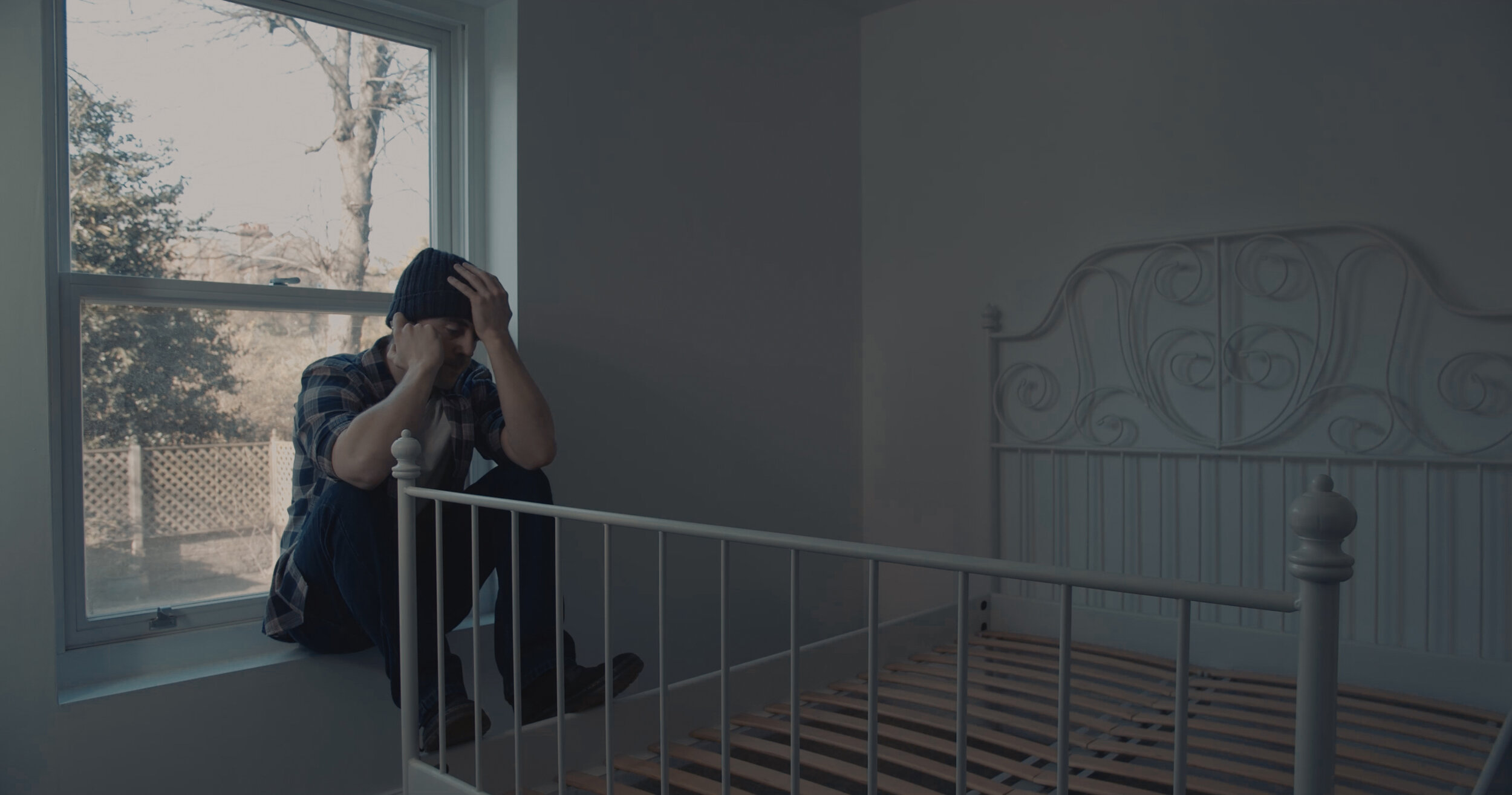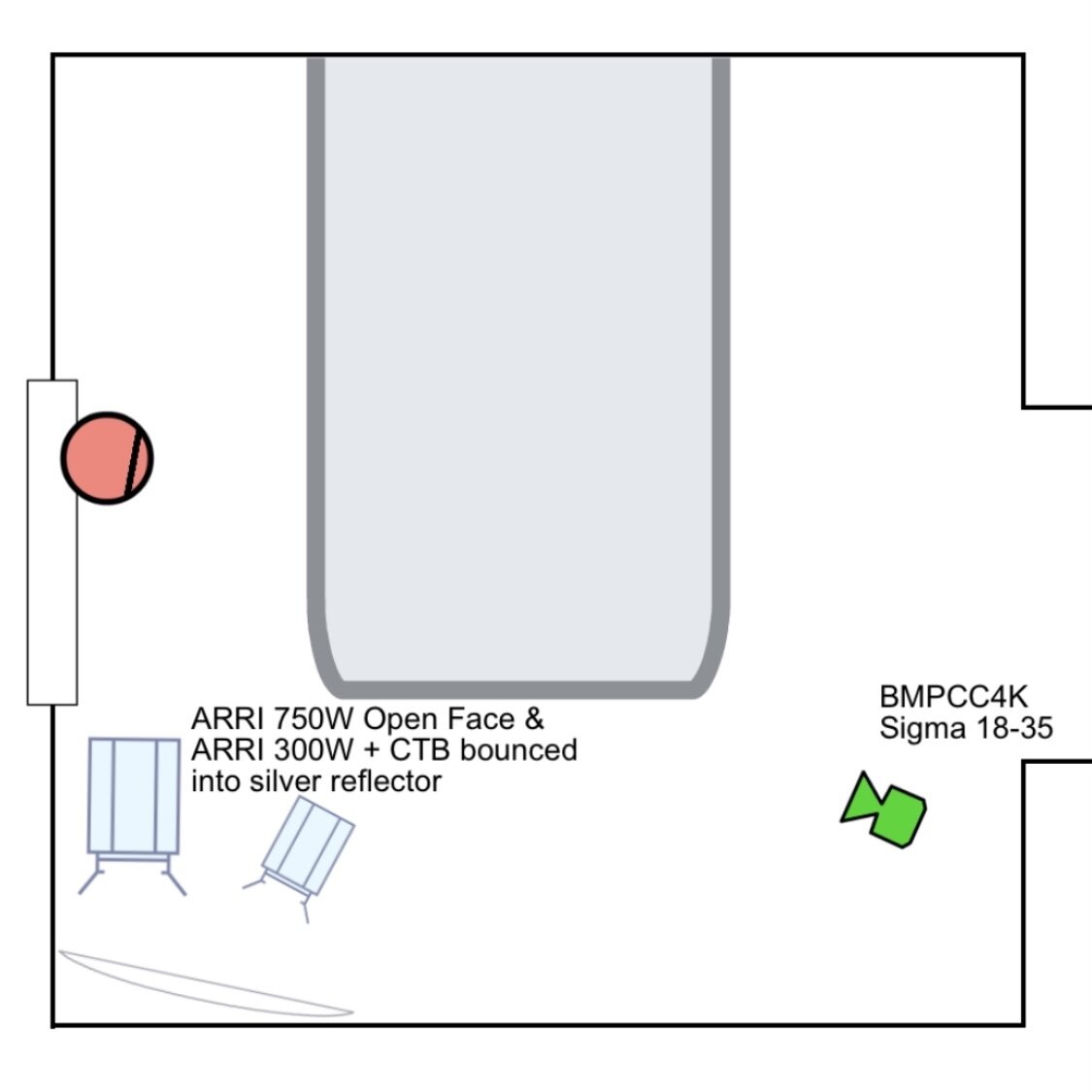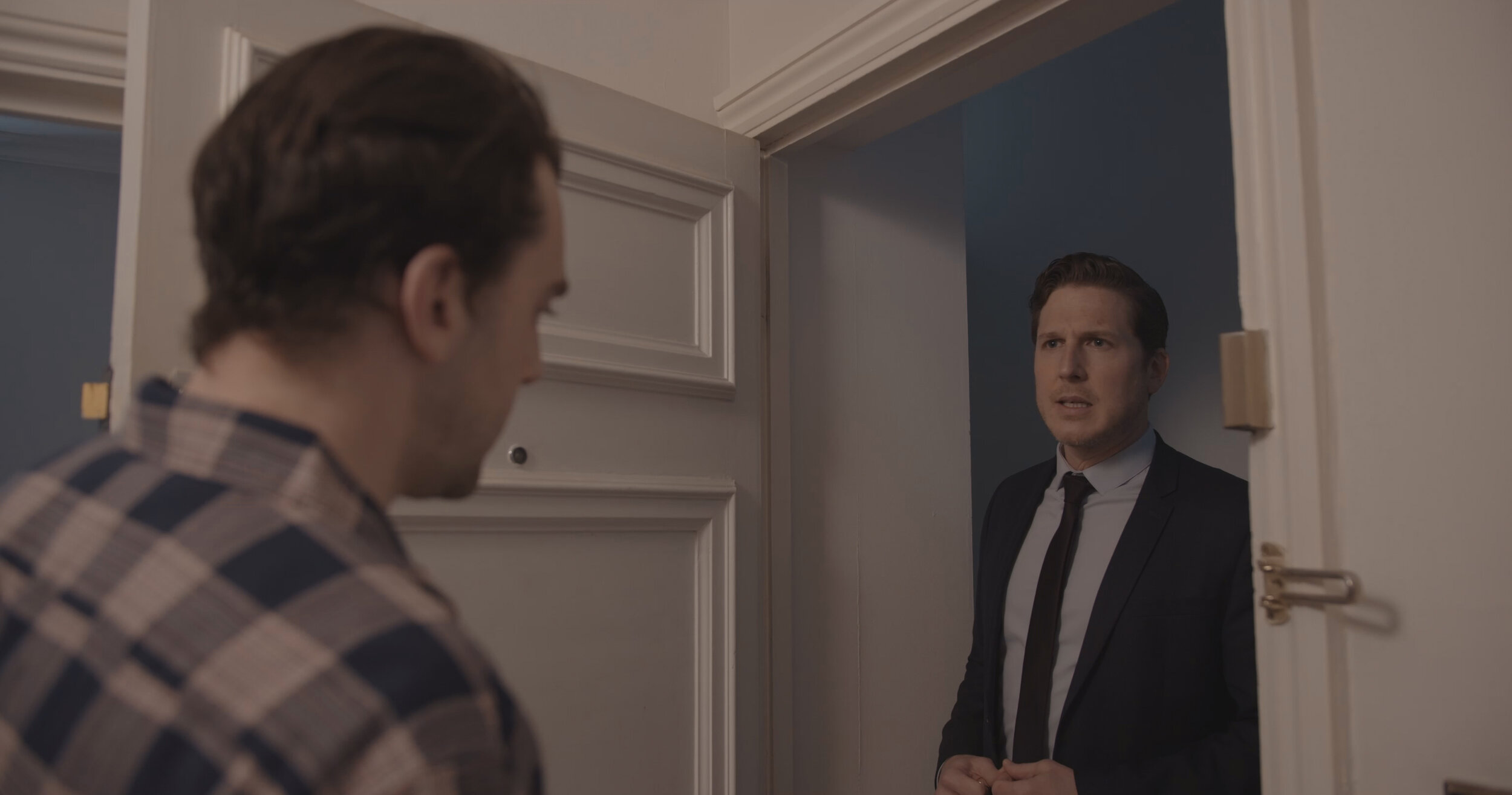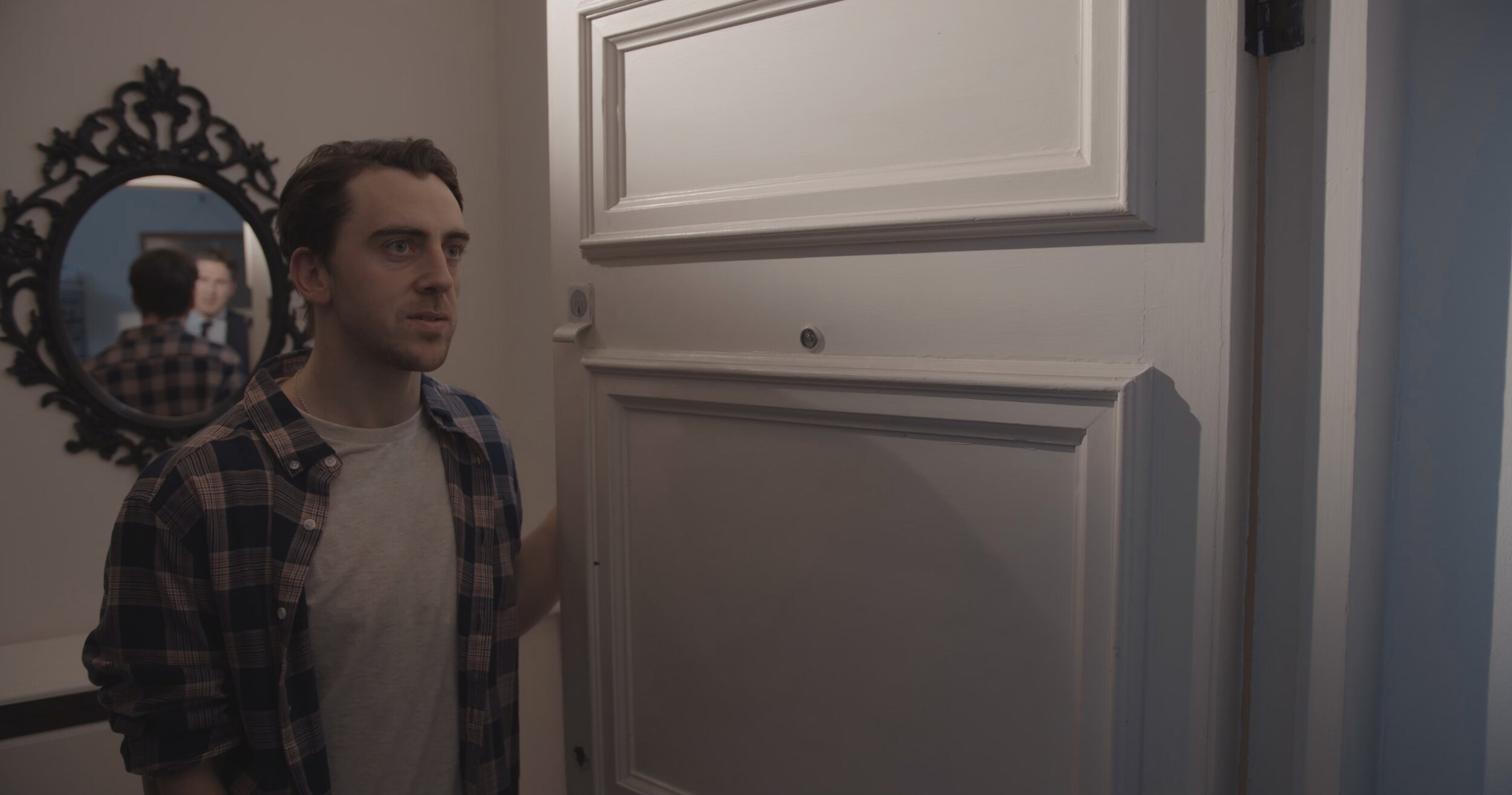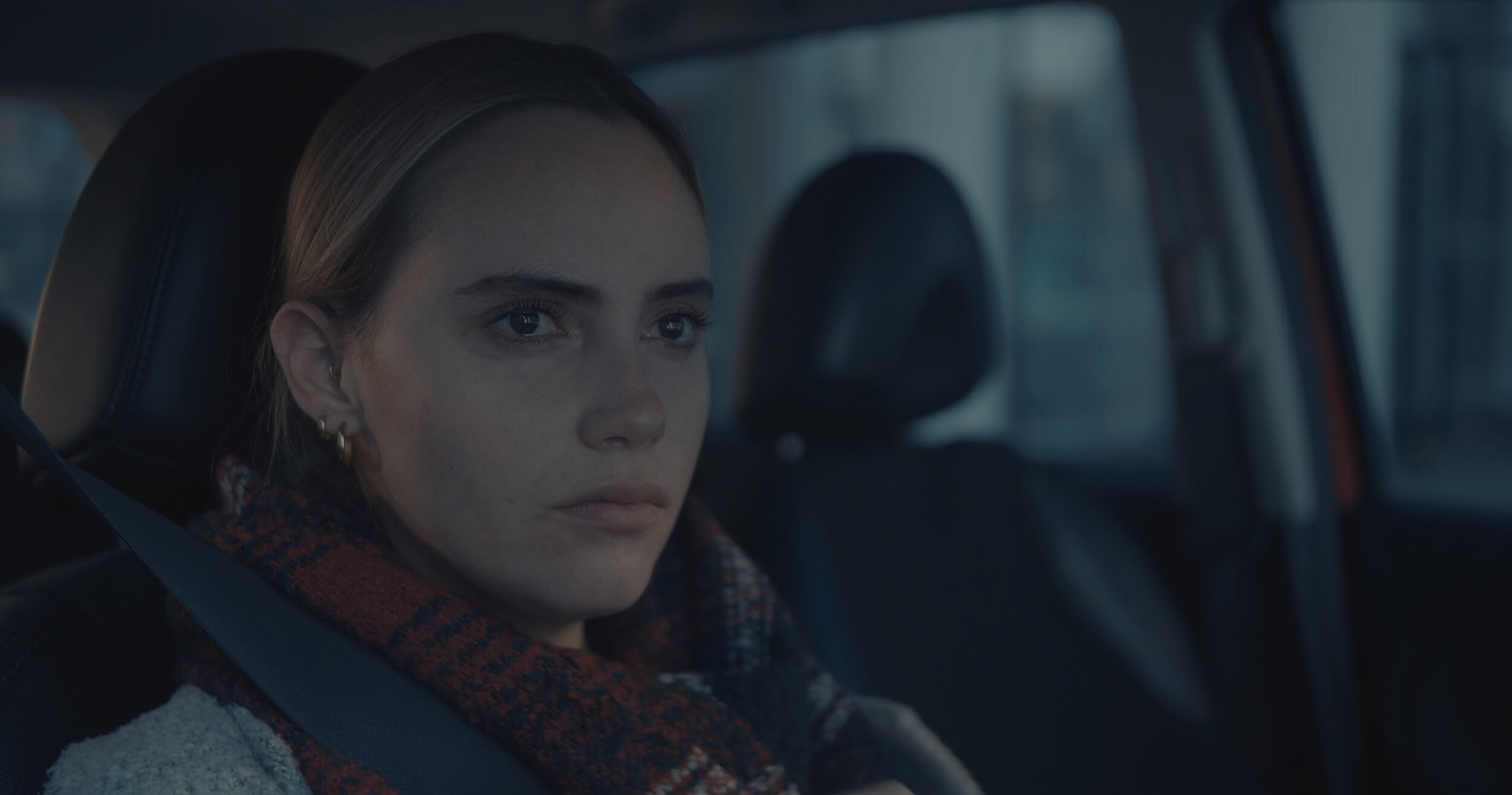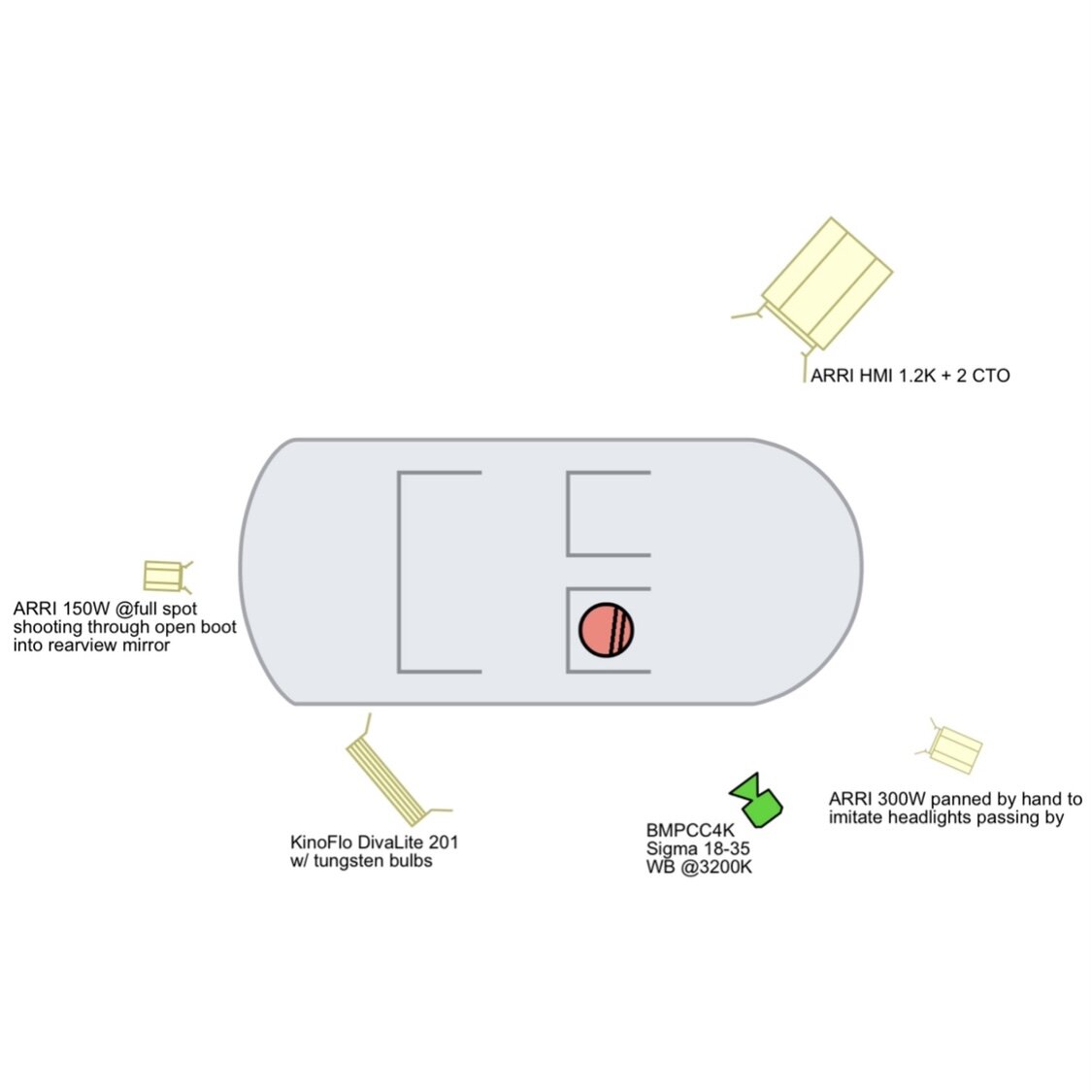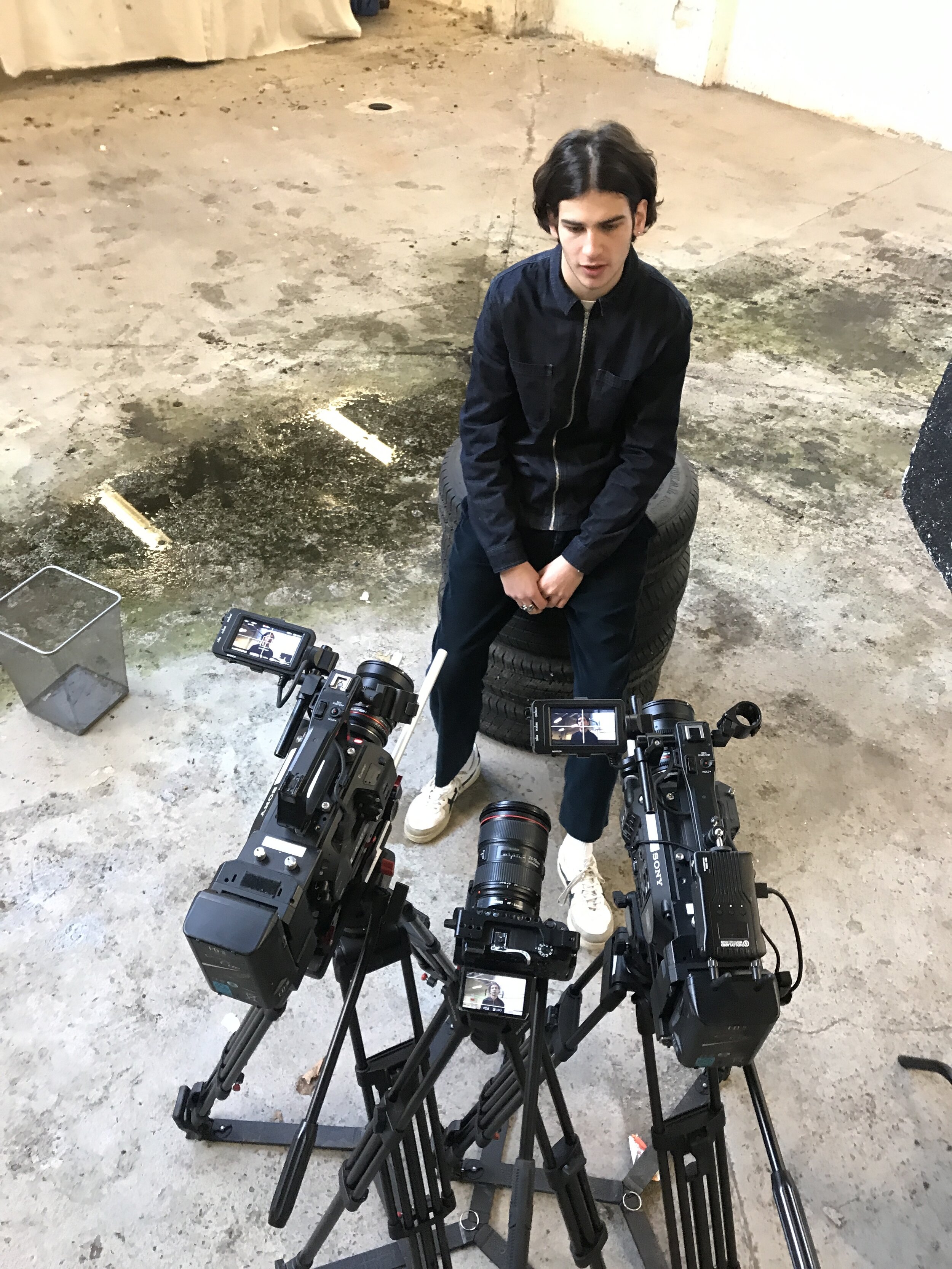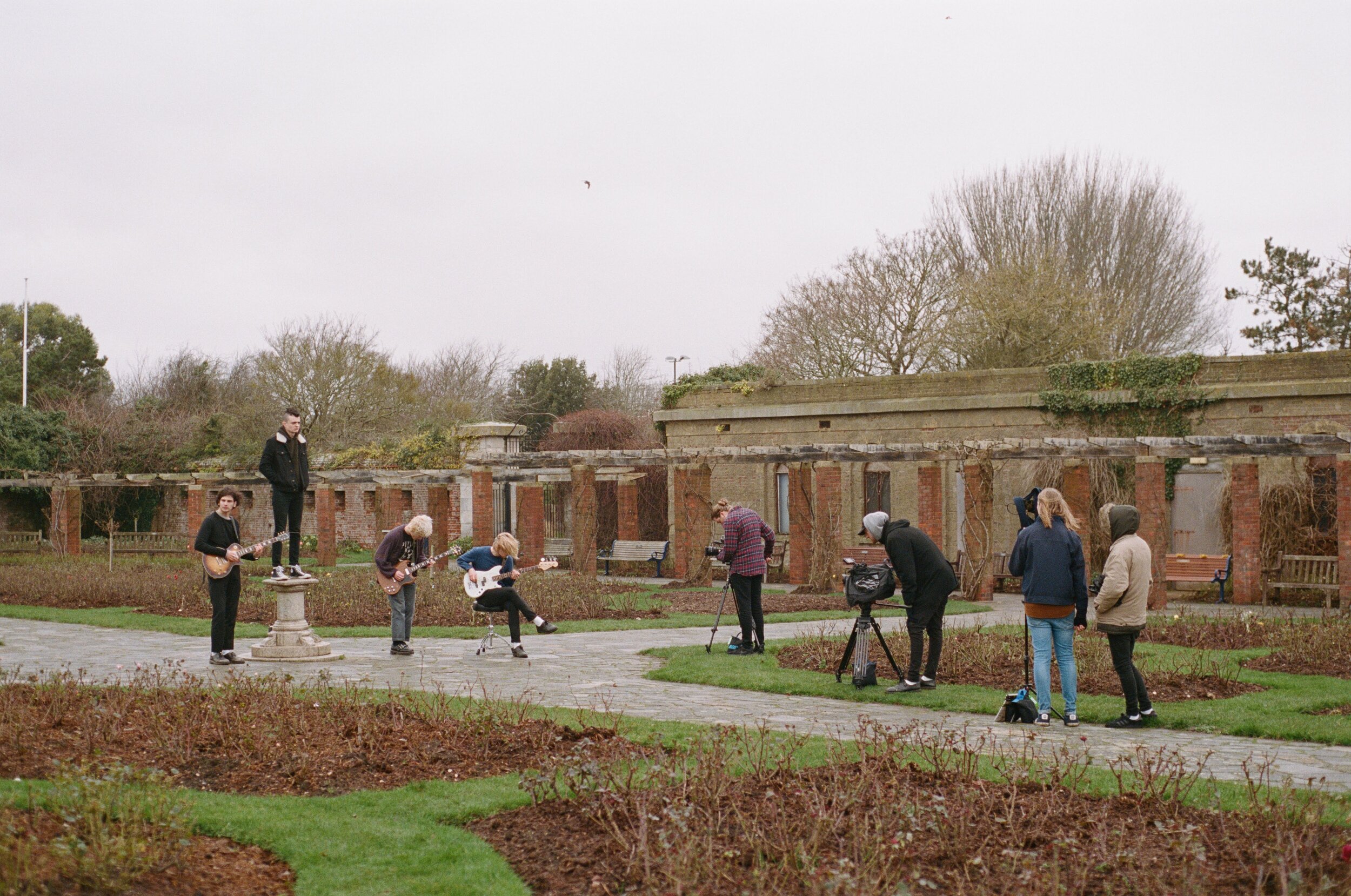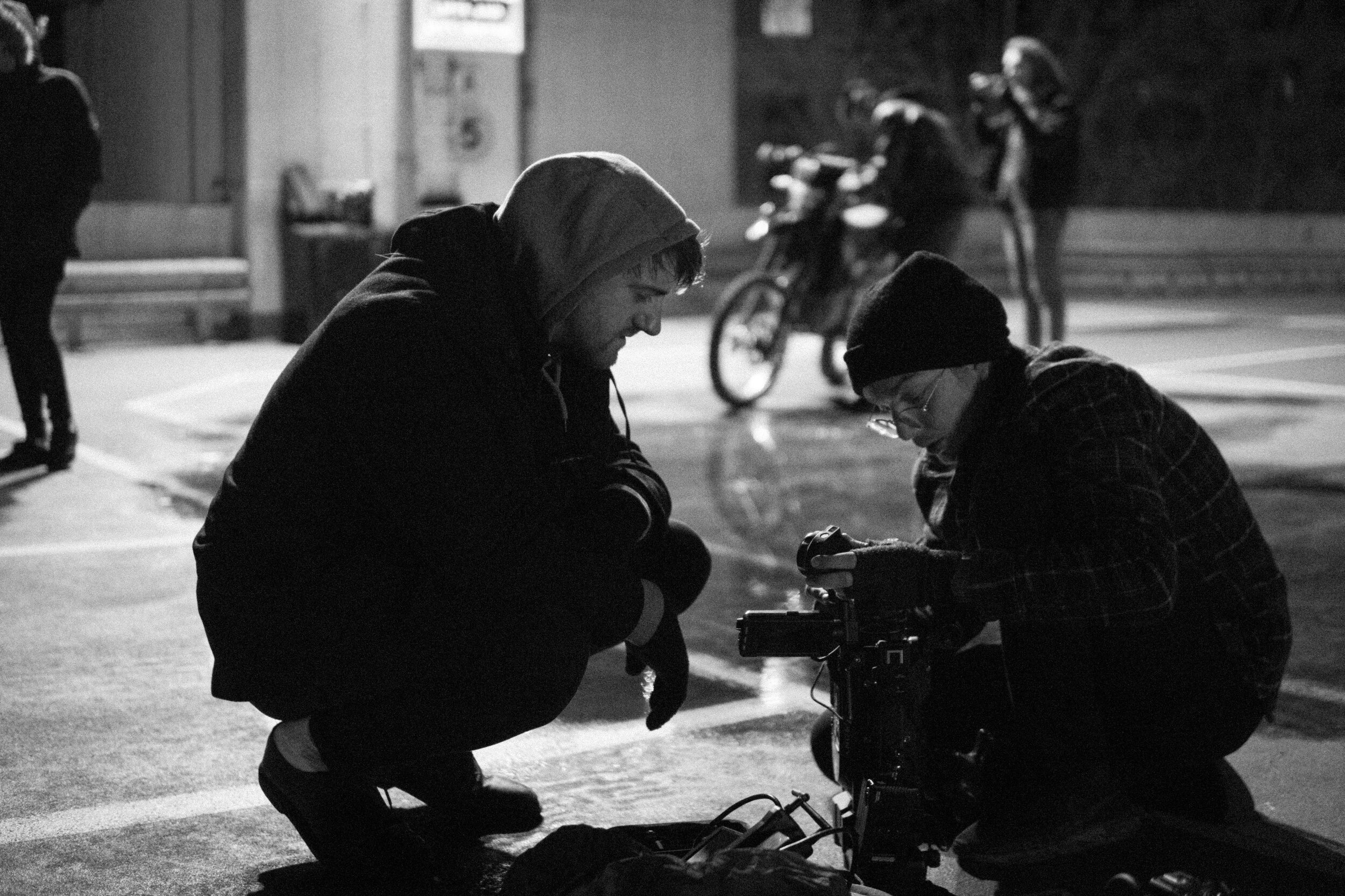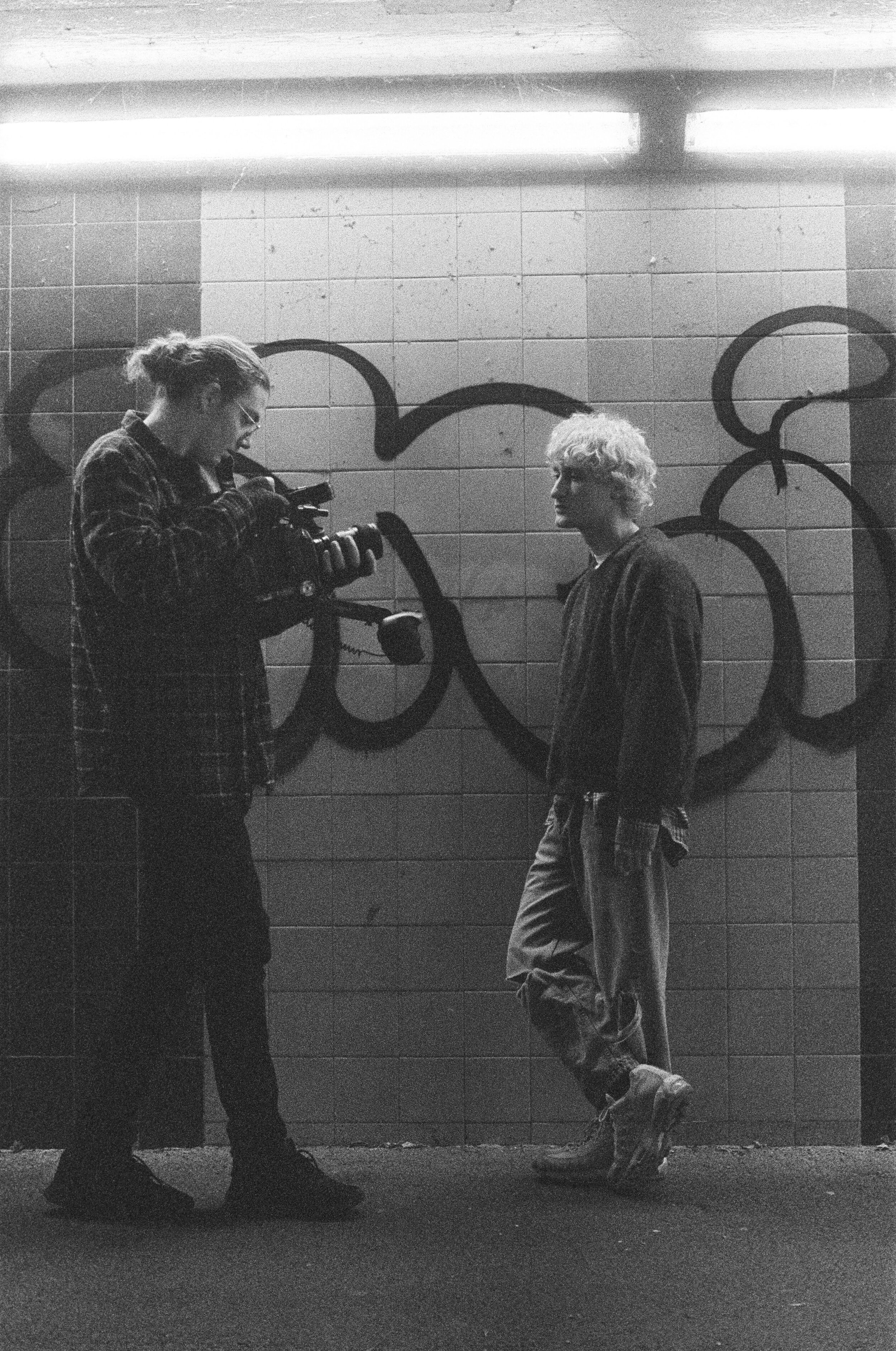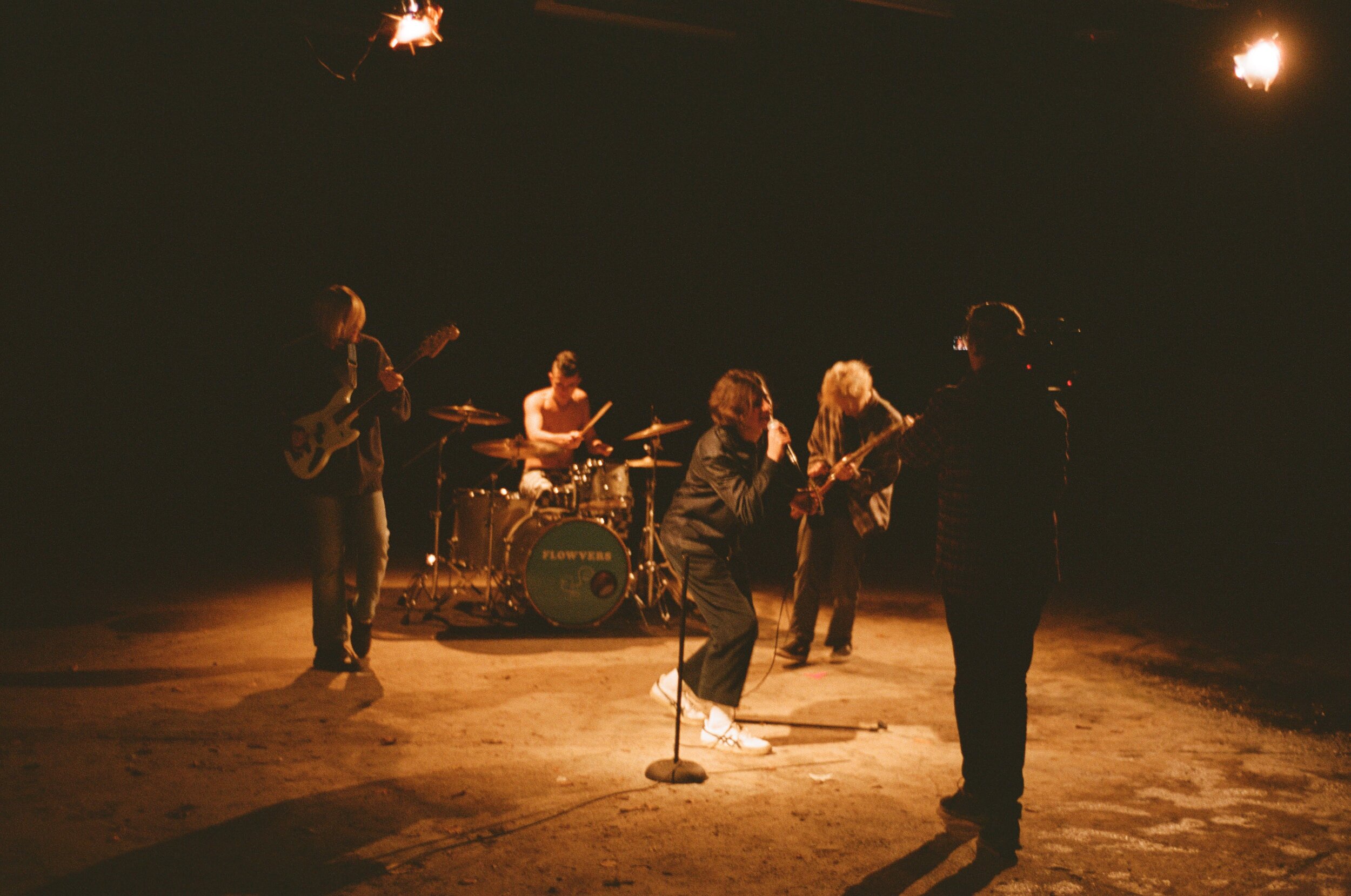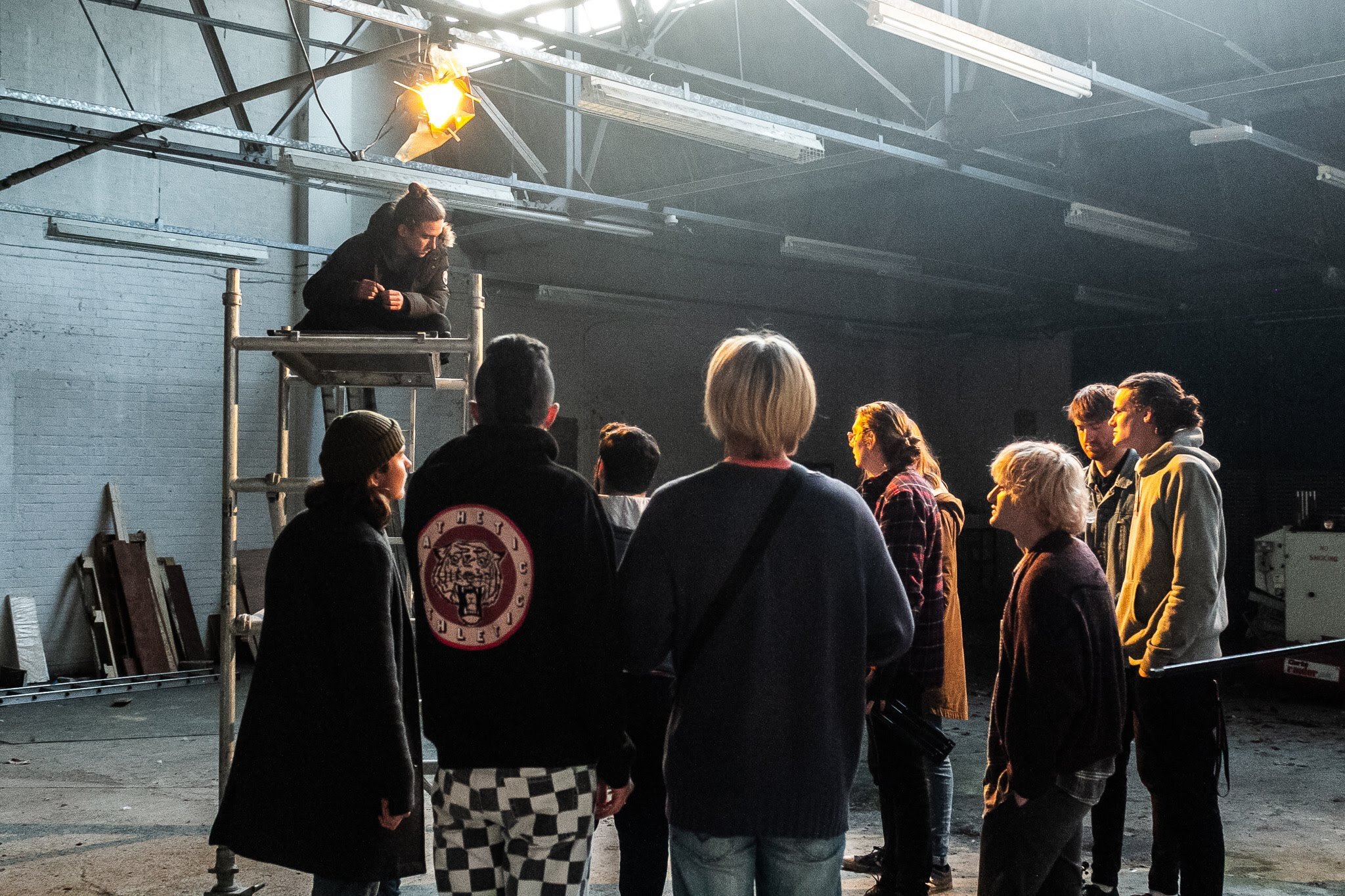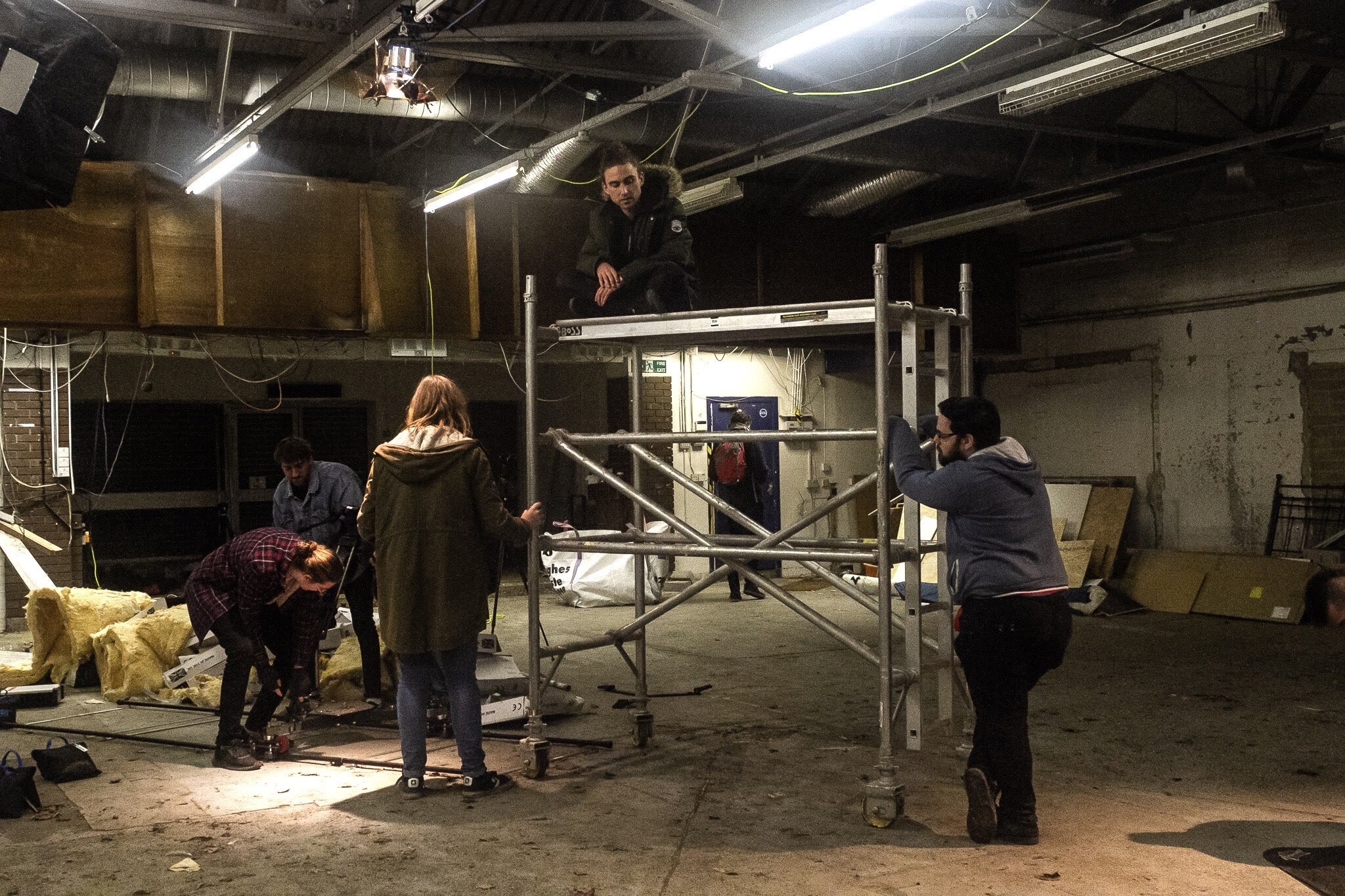It was so exciting working on a music video again, after more than a year since the last one. This was also directed by Alex Fountain, and made for Emilia Tarrant’s cover of “Wish I Didn’t Miss You”.
The shoot was only 9 hours long, but regardless, the thrill of being on set was there! The video was shot in such an expansive and beautiful space, inside Kings Theatre, and it was great seeing DoP Adam Prosser at work, observing his creative process and collaboration with gaffer Ryan Wilson. While Adam was operating the A camera, a Blackmagic Ursa G2, my role was B camera operator, using a Blackmagic Pocket 6K. We also had a Blackmagic Pocket 4K on a Ronin S gimbal as the C camera, brought along by camera assistant Oliver Mills. The multi-cam setup was essential as we had a limited amount of time in the location. We used vintage Nikon AI-S primes, paired with Tiffen Black ProMist 1/4 filters on all three cameras to maintain a consistent soft look.
While Alex and Adam had certain shots planned out, it was nice that I got the opportunity to get creative, as well, when they were focusing on the main shot and gave me free reign on my framings and compositions. The gimbal shots were also interesting to experiment with, as one of them involved following Emilia from backstage onto the stage, and looping around as the spotlight went on, and another one had to be programmed for repeatability to be used as a VFX shot in post.
It was so great working with such a fantastic crew and I think it shows in the quality of the final product!



